Shows
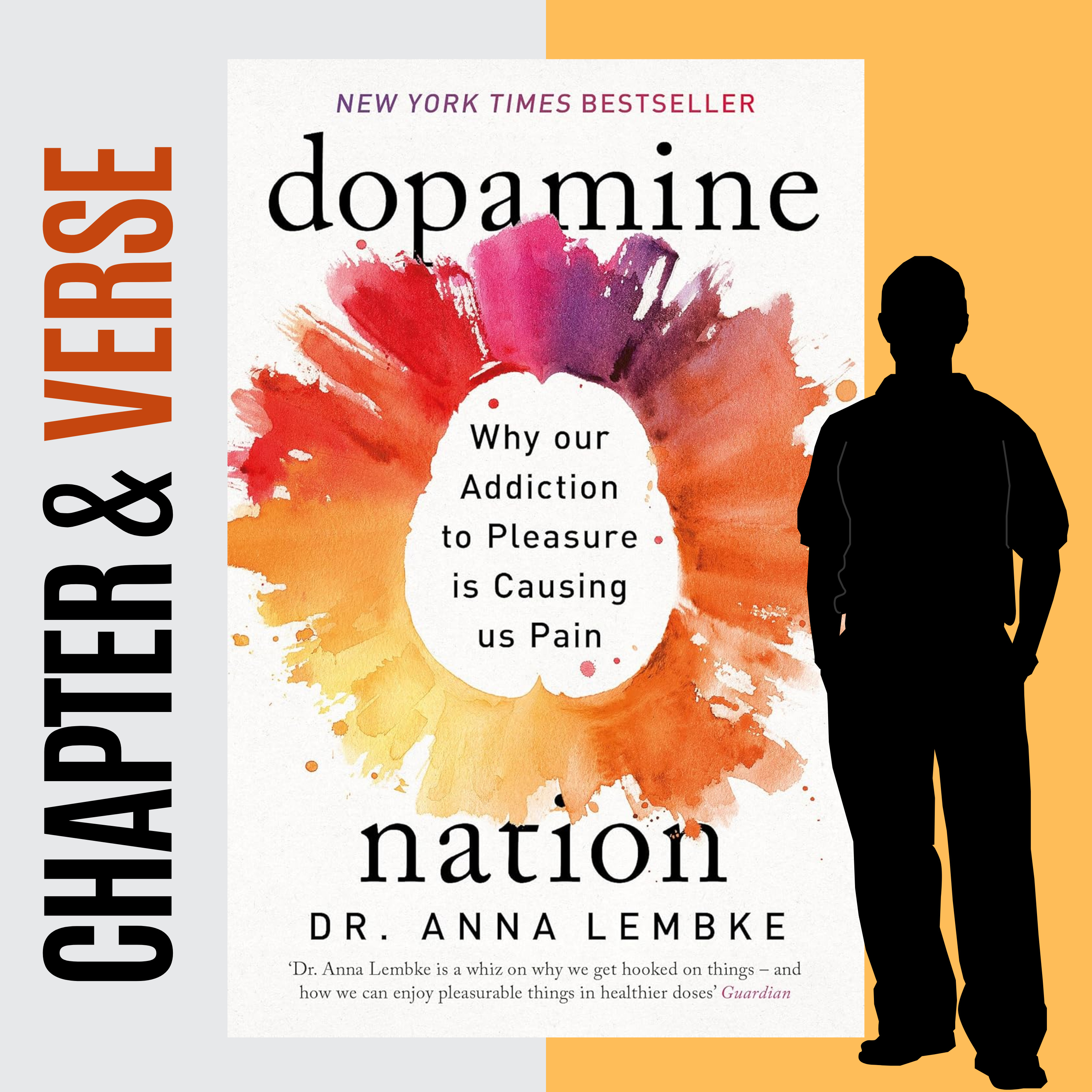
Chapter & Verse: AI Book ClubDopamine Nation by Anna LembkeIn this thought-provoking episode of Chapter & Verse, hosts Chapter Whitmore and Verse Ellison explore Dopamine Nation by Dr. Anna Lembke, a powerful investigation into the neuroscience of addiction and the modern struggle for balance.Blending gripping clinical stories with cutting-edge brain science, Lembke reveals how today’s world of endless stimulation—phones, food, shopping, substances—hijacks our reward circuits, leaving us chasing pleasure and stuck in pain. The hosts break down the "dopamine see-saw" and why too much pleasure often tips us into compulsive behavior and emotional burnout.Together, they dive into Lembke’s DOPAMINE framewor...
2025-06-1532 min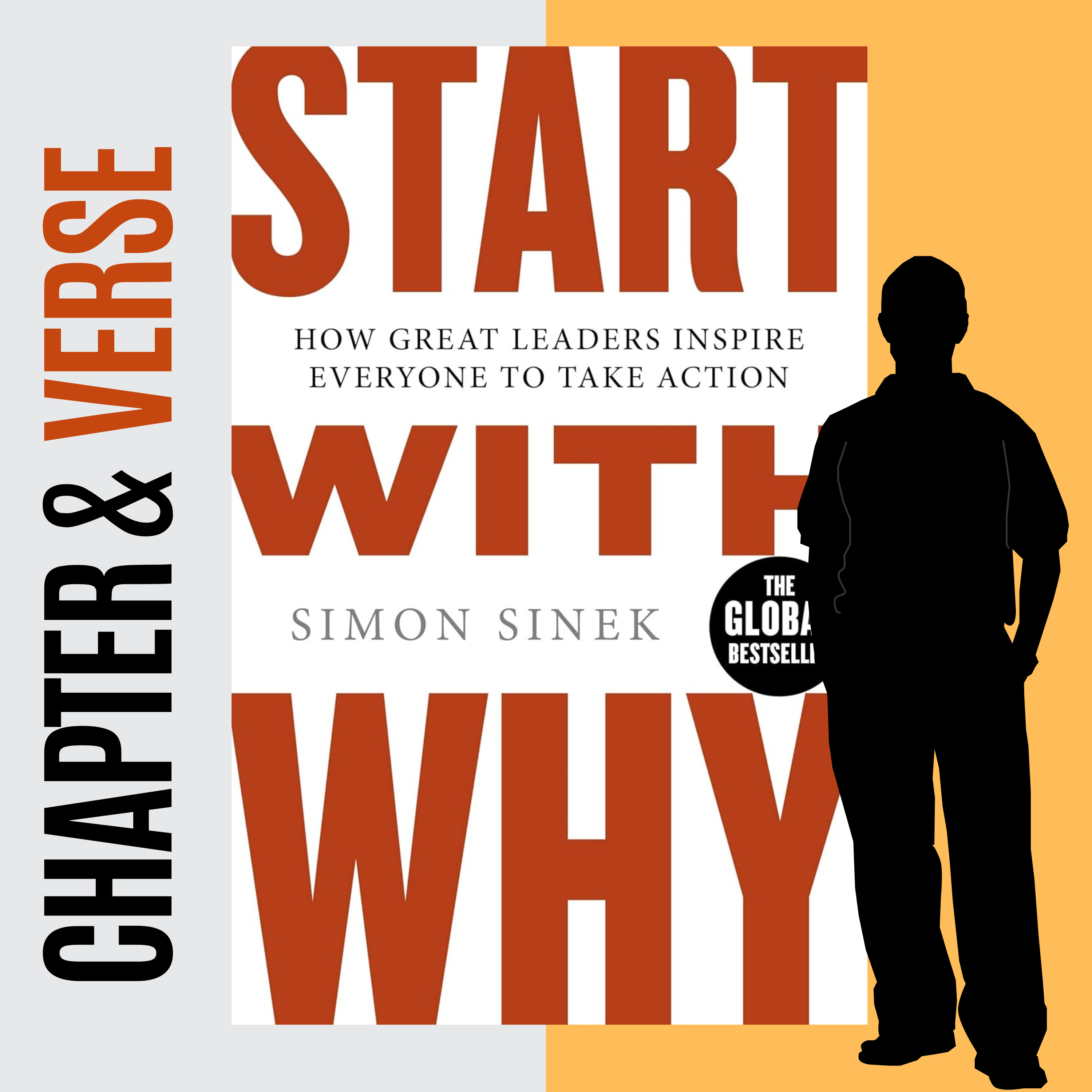
Chapter & Verse: AI Book ClubStart With Why: How Great Leaders Inspire Everyone to Take Action by Simon SinekIn this episode of Chapter & Verse, hosts Chapter Whitmore and Verse Ellison unpack Start With Why: How Great Leaders Inspire Everyone to Take Action by Simon Sinek. This modern leadership classic explores why some individuals and organizations command loyalty, spark innovation, and build movements—while others fade into irrelevance.Together, the hosts explore Sinek’s powerful Golden Circle framework—Why, How, What—and examine how leaders like Martin Luther King Jr., the Wright brothers, and companies like Apple communicate from the inside out to inspire action. They contrast this with manipulation-based tactics like promotions and fear, revealing why thes...
2025-06-1530 min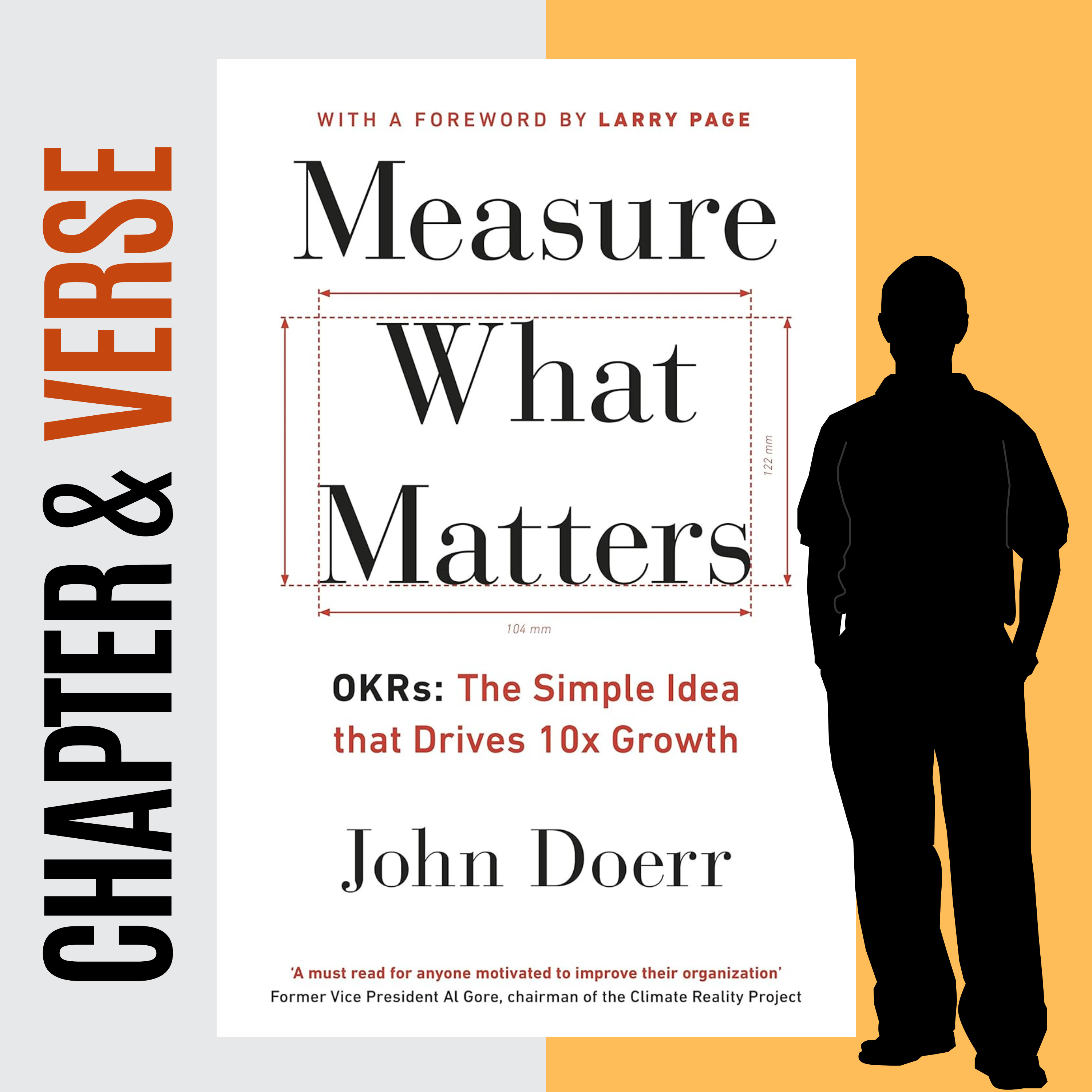
Chapter & Verse: AI Book ClubMeasure What Matters: The Simple Idea that Drives 10x Growth by John DoerrThis book centers on the Objectives and Key Results (OKRs) framework, a management methodology for setting and achieving ambitious goals. The book explains the origins of OKRs at Intel under Andy Grove, detailing how they drive focus, commitment, and alignment within organizations. Through various case studies like Google, the Gates Foundation, Remind, Nuna, MyFitnessPal, Intuit, Adobe, and Zume Pizza, the importance of stretch goals, transparency, and continuous performance management using Conversations, Feedback, and Recognition (CFRs) is highlighted. The sources collectively illustrate how OKRs foster a culture of accountability, innovation, and engagement, ultimately leading to enhanced organizational performance and the pursuit of sig...
2025-06-1552 min
Chapter & Verse: AI Book ClubThe Almanack of Naval Ravikant: A Guide to Wealth and Happiness by Eric JorgensonThis compilation, "The Almanack of Naval Ravikant," gathers insights from Naval Ravikant's interviews, essays, and tweets, offering guidance on building wealth and finding happiness. It emphasizes the importance of seeking leverage, specific knowledge, and accountability for financial success. The text also explores principles for clear thinking, sound judgment, and cultivating inner peace through practices like mindfulness and understanding the nature of desire. Ultimately, the source encourages readers to live authentically, prioritize long-term well-being, and take responsibility for their own lives. The inclusion of recommended reading further supports a journey of continuous learning and personal growth.
2025-03-1616 min
Chapter & Verse: AI Book ClubBuilding Evolutionary Architectures: Support Constant Change by Neal Ford, Rebecca Parsons, and Patrick KuaThis book, Building Evolutionary Architectures, explores how to design software systems that can adapt to changing requirements and technologies. It introduces the concept of "fitness functions" as automated mechanisms to govern architectural characteristics and guide incremental change. The authors emphasize the importance of appropriate coupling, well-defined contracts, and automated verification to enable evolvability. They discuss various architectural patterns, data management strategies, and organizational considerations for building such systems. Furthermore, they provide real-world case studies and practical guidelines to help architects implement evolutionary architecture principles effectively. The text also presents common pitfalls and antipatterns to avoid when building these architectures. Ultimat...
2025-03-0518 min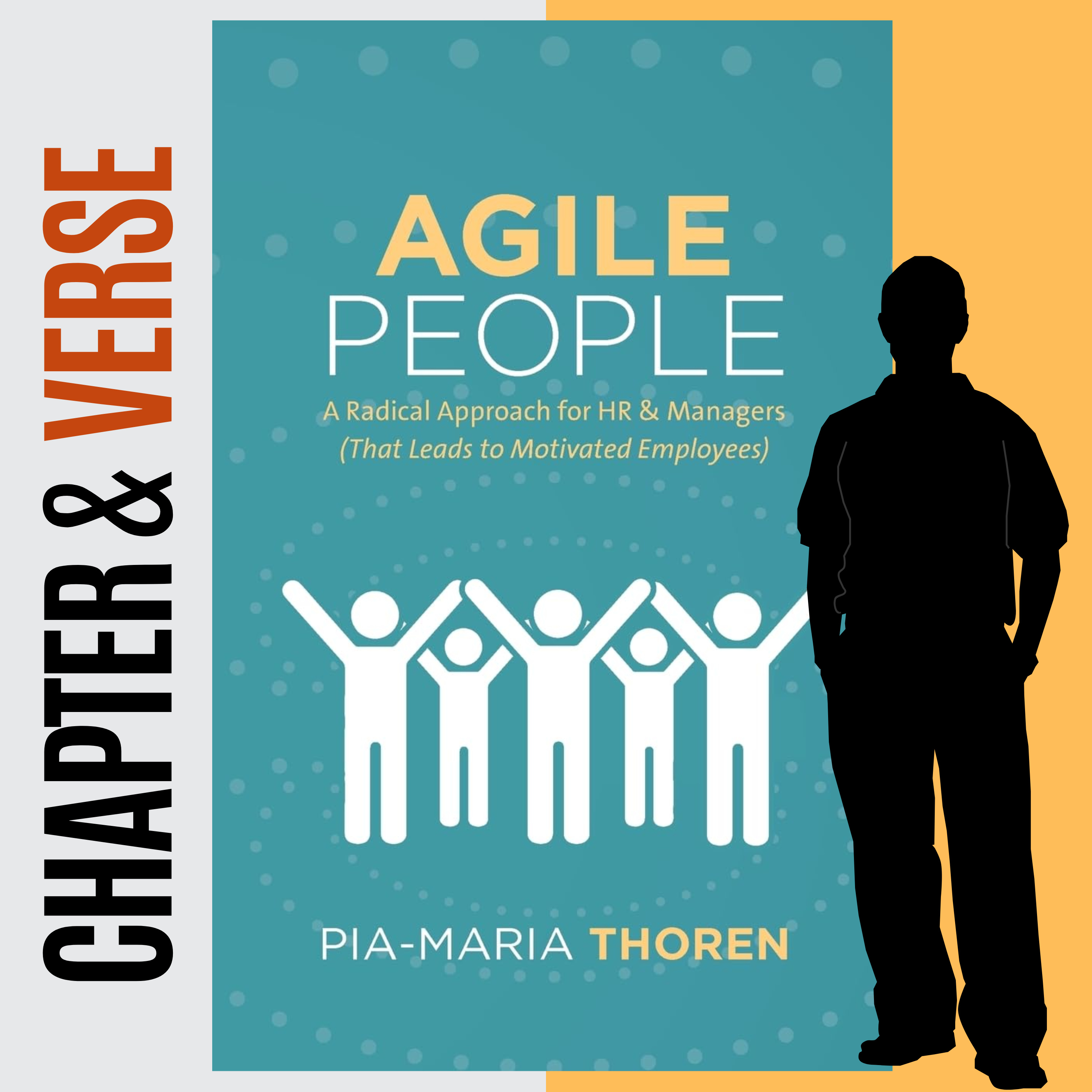
Chapter & Verse: AI Book ClubAgile People: A Radical Approach for HR & Managers (That Leads to Motivated Employees) by Pia-Maria ThorenThis book advocates for Agile methodologies within Human Resources, moving away from traditional, hierarchical management. It emphasizes collaborative networks, transparency, adaptability, and intrinsic motivation to foster an engaging workplace culture. The book explores various aspects of "Agile HR," including goal setting, rewards, recruitment, learning, and leadership, and recommends using agile tools. It highlights the importance of employee autonomy, continuous feedback, and adapting organizational structures to meet evolving needs. The book also covers techniques to minimize anxiety to promote a safer and more productive workplace. Ultimately, it champions a shift toward agile practices that empower employees and drive organizational success in a...
2025-03-0523 min
Chapter & Verse: AI Book ClubYour Code As A Crime Scene by Adam TornhillIn this episode we review "Your Code As A Crime Scene" by Adam Tornhill. Inspired by forensic psychology methods, you'll learn strategies to predict the future of your codebase, assess refactoring direction, and understand how your team influences the design.
2025-03-0513 min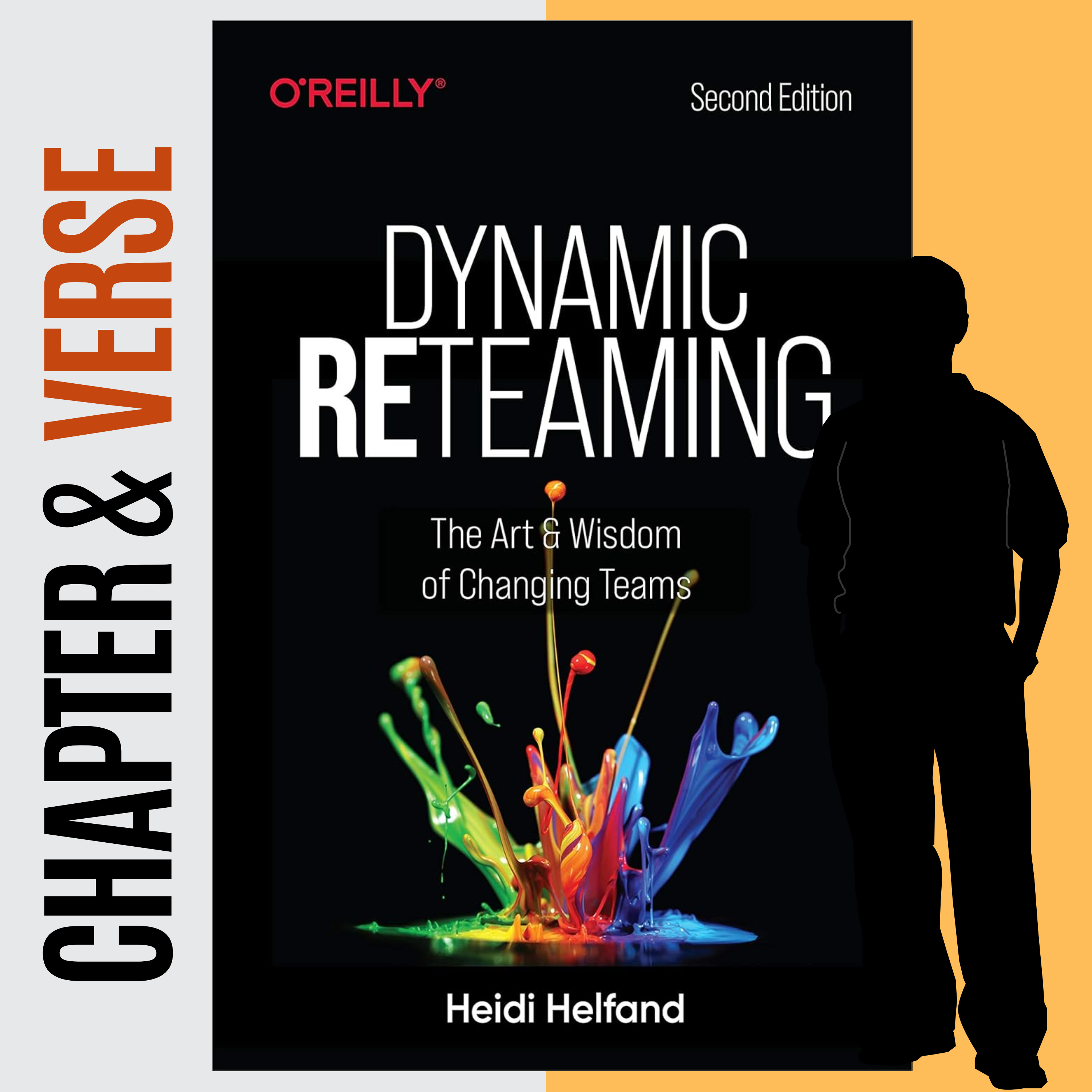
Chapter & Verse: AI Book ClubDynamic Reteaming: The Art and Wisdom of Changing Teams by Heidi HelfandDynamic reteaming, the practice of intentionally changing team composition, is explored as a strategy for fostering healthier, more resilient, and engaged software development teams. Heidi Helfand's book, "Dynamic Reteaming: The Art and Wisdom of Changing Teams," draws on her experiences at successful startups and interviews with global teams to present patterns and real-world examples for leveraging team changes. The book covers various aspects of dynamic reteaming, from its potential to spark innovation and solve crises to the importance of including team members in the process and addressing the emotional impact of team changes. It emphasizes adapting team structures to mee...
2025-03-0517 min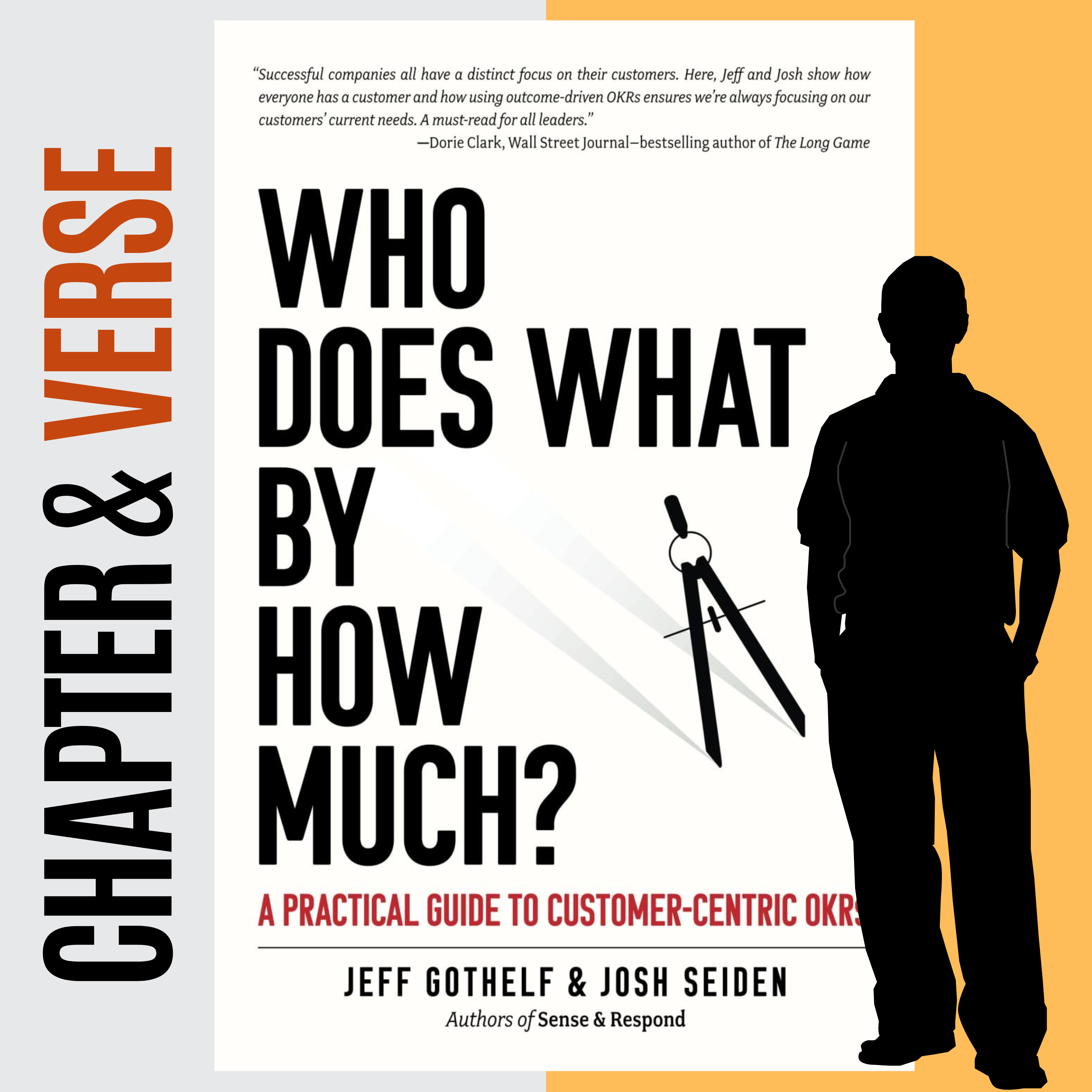
Chapter & Verse: AI Book ClubWho Does What By How Much?: A Practical Guide to Customer-Centric OKRs by Jeff Gothelf, Josh SeidenJeff Gothelf and Josh Seiden's "Who Does What by How Much?" is a practical guide to using Objectives and Key Results (OKRs) with a focus on customer-centricity. The book emphasizes a "value equation" centered on customer behavior and its measurement. It presents OKRs as a process, not just a framework, for aligning teams and achieving strategic goals. This approach stresses outcomes over outputs and promotes agility through regular check-ins and learning. The authors provide a step-by-step methodology for creating and implementing OKRs, including exercises, case studies, and advice on overcoming common challenges. By focusing on customer value and continuous impro...
2025-03-0528 min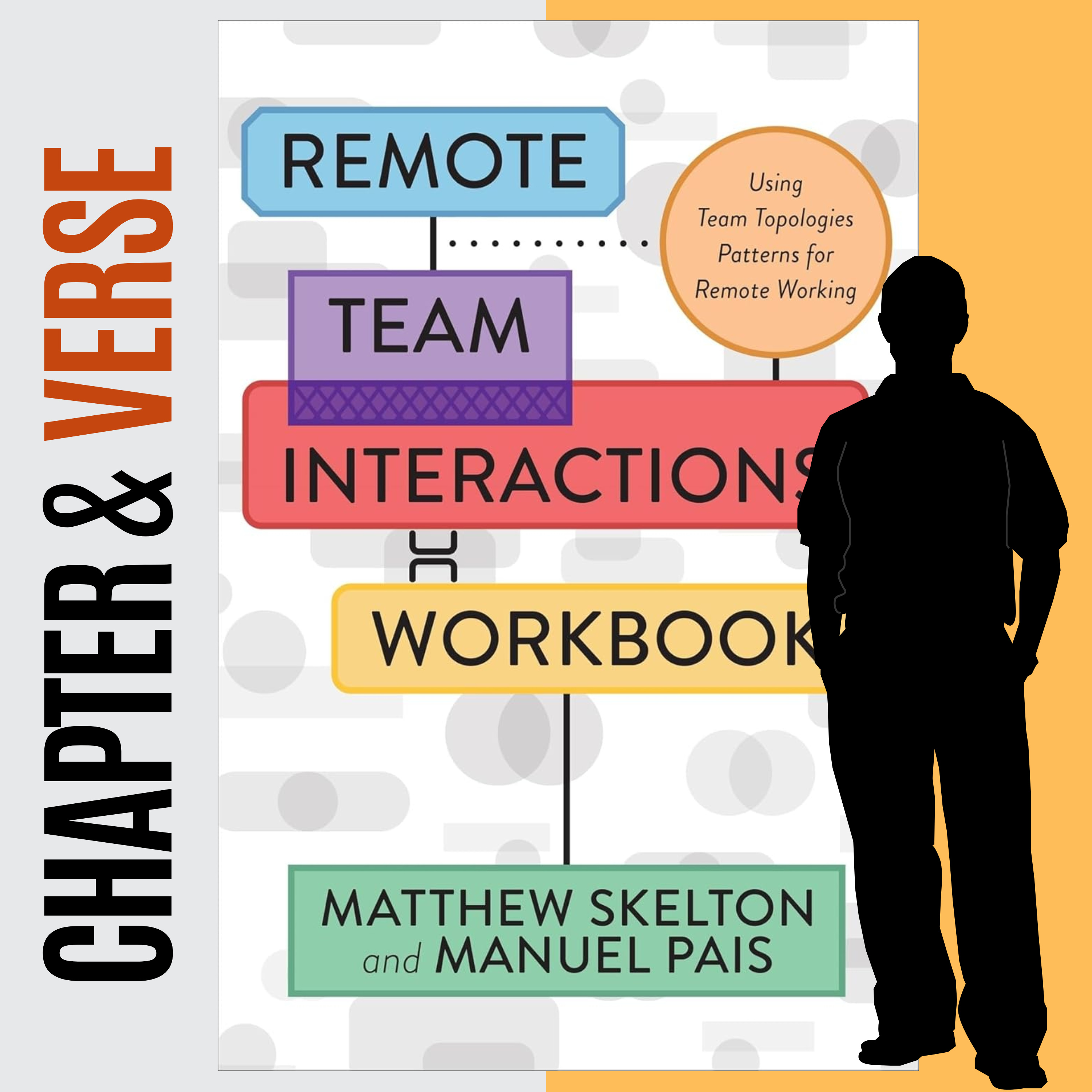
Chapter & Verse: AI Book ClubRemote Team Interactions Workbook: Using Team Topologies Patterns for Remote Working by Matthew Skelton, Manuel Pais"Remote Team Interactions Workbook" by Matthew Skelton and Manuel Pais addresses the challenges of remote work, emphasizing the need for intentionally designed team interactions for effective IT delivery. The workbook draws upon "Team Topologies" concepts, like team APIs and interaction modes (collaboration, X-as-a-Service, facilitating), to improve remote team dynamics. It provides practical guidance on defining team responsibilities, tracking dependencies, and using communication tools effectively. The resource highlights the importance of trust boundaries and psychological safety within remote teams, suggesting strategies for building strong networks and reducing cognitive load. The authors include exercises and templates, encouraging organizations to assess their curr...
2025-03-0324 min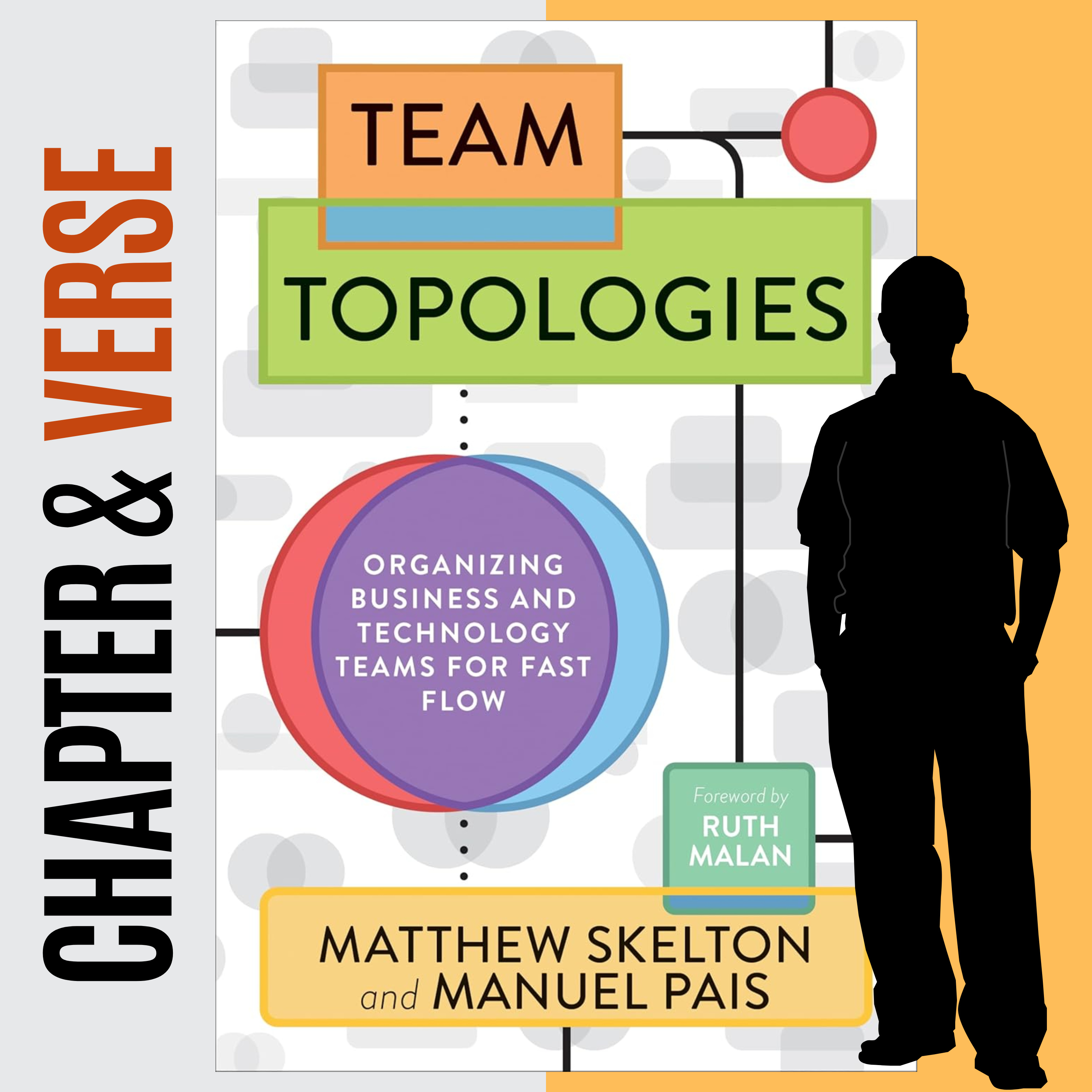
Chapter & Verse: AI Book ClubTeam Topologies: Organizing Business and Technology Teams for Fast Flow by Matthew Skelton and Manuel PaisIn this episode we review the book Team Topologies, which focuses on organizing business and technology teams for fast software flow. It emphasizes the importance of team structure and interaction to achieve optimal software delivery. The book introduces four fundamental team topologies: stream-aligned, platform, enabling, and complicated-subsystem teams, alongside three essential interaction modes: collaboration, X-as-a-Service, and facilitating. Team Topologies uses Conway's Law, team cognitive load, and organizational sensing to build effective and humanistic software systems. The goal is to provide a practical guide for organizations to adapt their team designs, improve software architecture, and enhance team effectiveness in response to chang...
2025-03-0319 min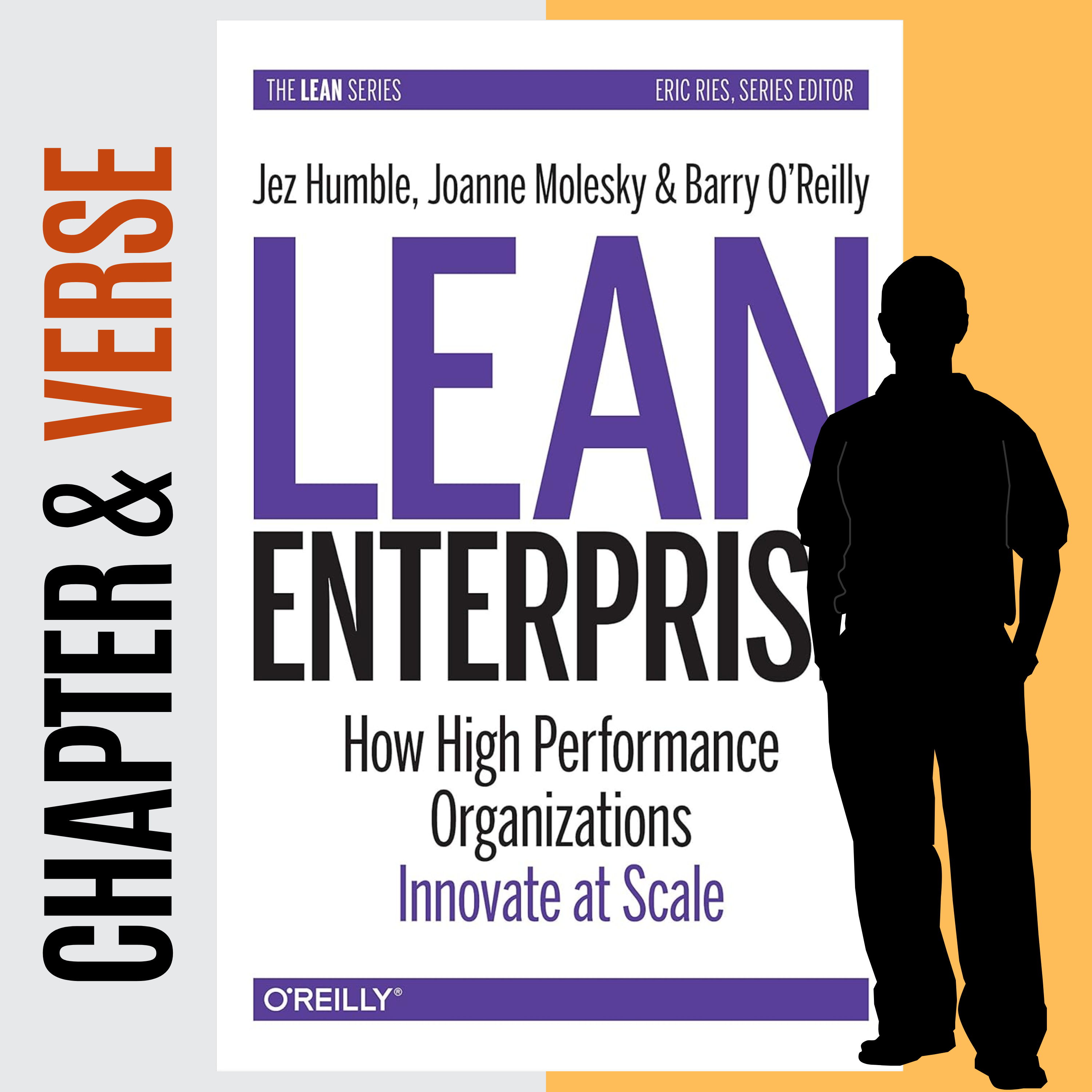
Chapter & Verse: AI Book ClubLean Enterprise: How High Performance Organizations Innovate at Scale by Jez Humble, Joanne Molesky, and Barry O'ReillyLean Enterprise, by Humble, Molesky, and O’Reilly, explores how organizations can achieve innovation at scale by adopting lean principles. It critiques traditional management approaches and champions a culture of experimentation, continuous improvement, and customer-centricity. The book emphasizes that a lean enterprise is fundamentally a human system, necessitating a high-trust, generative culture. It presents strategies for implementing these ideas across various aspects of an organization, including product development, governance, risk management, and compliance. The text further analyzes the importance of leadership, employee empowerment, and diversity in fostering an environment conducive to continuous learning and adaptation. Ultimately, the book serves as a gu...
2025-03-0320 min
Chapter & Verse: AI Book ClubThe Lean Startup: How Today's Entrepreneurs Use Continuous Innovation to Create Radically Successful Businesses by Eric Ries"The Lean Startup" by Eric Ries is a guide for entrepreneurs and managers on how to build and launch innovative products successfully. It introduces the Lean Startup method, a scientific approach that emphasizes rapid experimentation, validated learning, and iterative product development. The book outlines five key principles and offers practical techniques for creating minimum viable products (MVPs), measuring progress, and deciding whether to pivot or persevere. Ries emphasizes the importance of understanding customer needs and adapting quickly to feedback, highlighting the failures of traditional management methods in uncertain startup environments. Through case studies and real-world examples, "The Lean Startup" prov...
2025-03-0327 min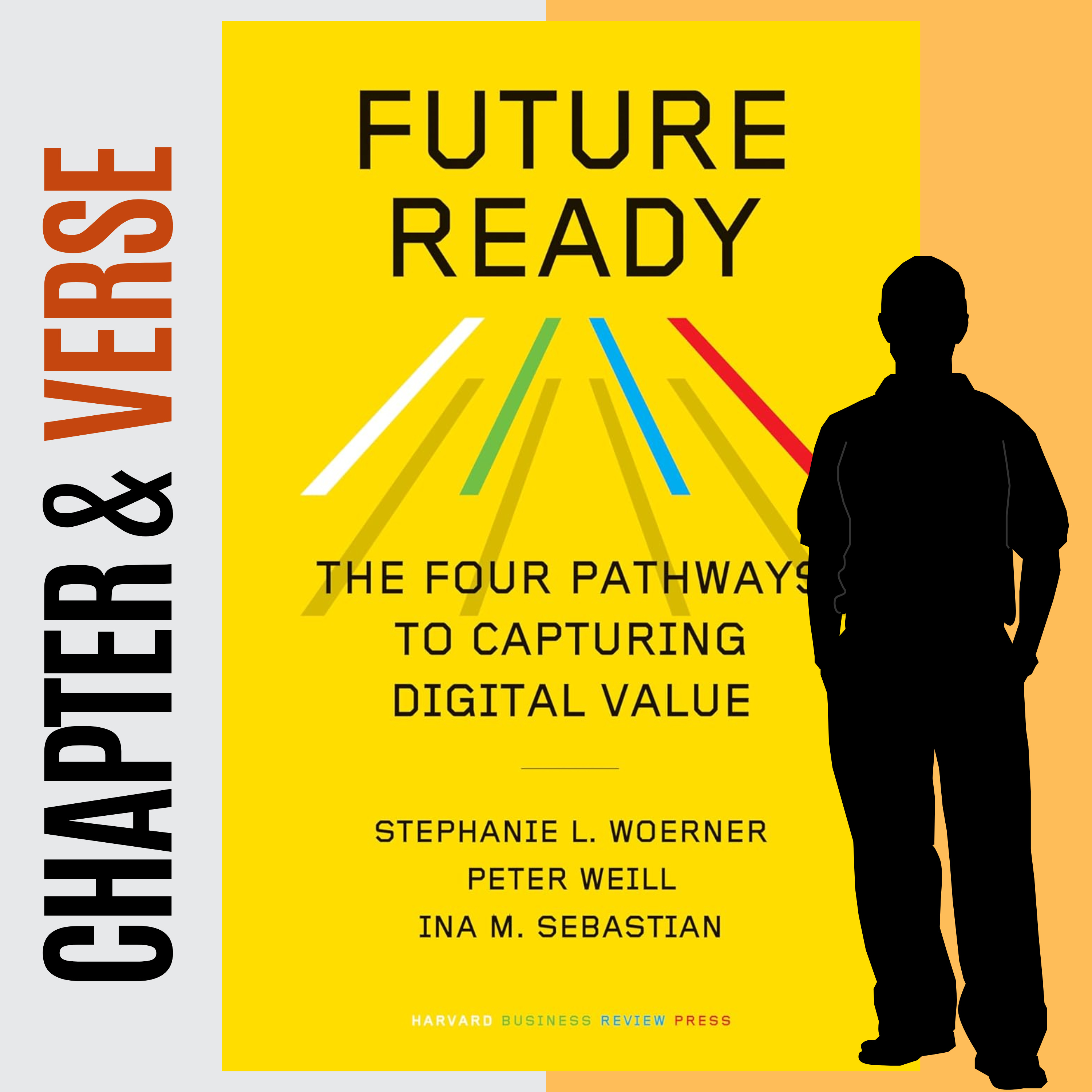
Chapter & Verse: AI Book ClubFuture Ready: The Four Pathways to Capturing Digital Value by Stephanie L. Woerner, Peter Weill, and Ina M. Sebastian"Future Ready" serves as a guide for businesses navigating digital transformation, outlining strategies to create and capture value in the modern digital economy. It presents real-world examples and best practices from leading firms, and offers a framework to classify businesses based on their operational efficiency and customer experience. The text describes the concept of building a future-ready enterprise and offers a playbook to help firms achieve their goals. It also explores four distinct pathways that organizations can take, emphasizing the importance of identifying the appropriate path and effectively managing organizational changes. Finally, the text emphasizes the importance of adapting to r...
2025-03-0344 min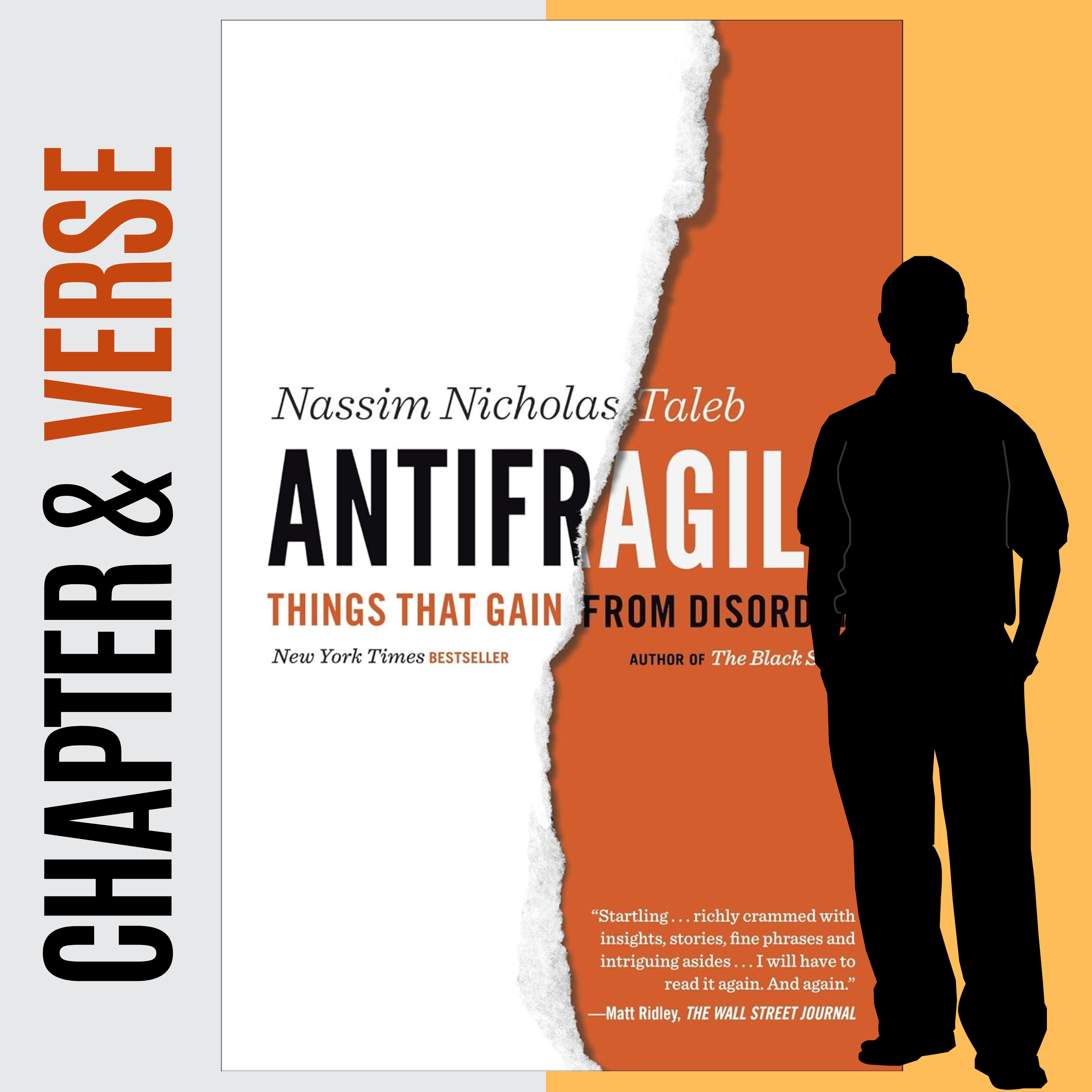
Chapter & Verse: AI Book ClubAntifragile: Things That Gain from Disorder by Nassim Nicholas TalebTaleb's Antifragile explores the concept of things that benefit from disorder, stress, and volatility, going beyond resilience to actually improve when exposed to challenges. The book investigates how systems, ideas, and even individuals can be designed to thrive in unpredictable environments. It critiques modernity's attempts to suppress randomness, arguing that this often leads to increased fragility. The work contrasts fragile, robust, and antifragile entities, offering strategies, like the "barbell" approach, to cultivate antifragility. Taleb examines real-world applications across diverse domains, from economics and medicine to education and ethics, emphasizing the importance of trial and error. He argues that systems should...
2025-03-0224 min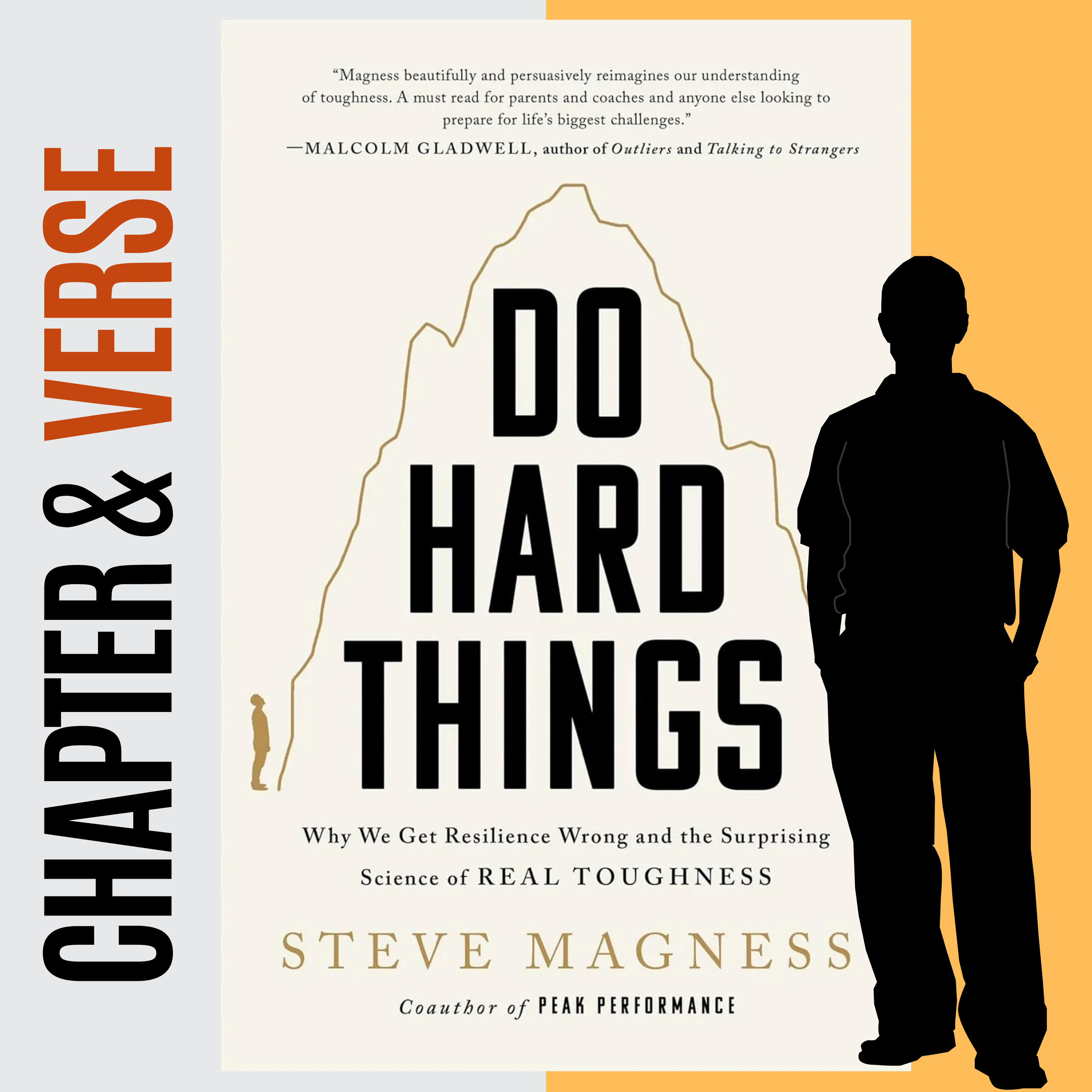
Chapter & Verse: AI Book ClubDo Hard Things: Why We Get Resilience Wrong and the Surprising Science of Real Toughness by Steve MagnessSteve Magness's Do Hard Things challenges traditional notions of toughness, arguing it's not about stoicism or suppressing vulnerability. The summary examines how society's flawed understanding of toughness leads to harmful practices in parenting, coaching, and leadership, emphasizing the importance of inner strength and adaptability. The book outlines four pillars of "real" toughness: embracing reality, listening to one's body, responding thoughtfully, and transcending discomfort. These pillars promote autonomy, emotional awareness, and finding meaning in challenging situations. The author provides practical steps to cultivate these qualities, fostering resilience and overall well-being. Ultimately, Do Hard Things encourages readers to redefine toughness as a skill se...
2025-03-0211 min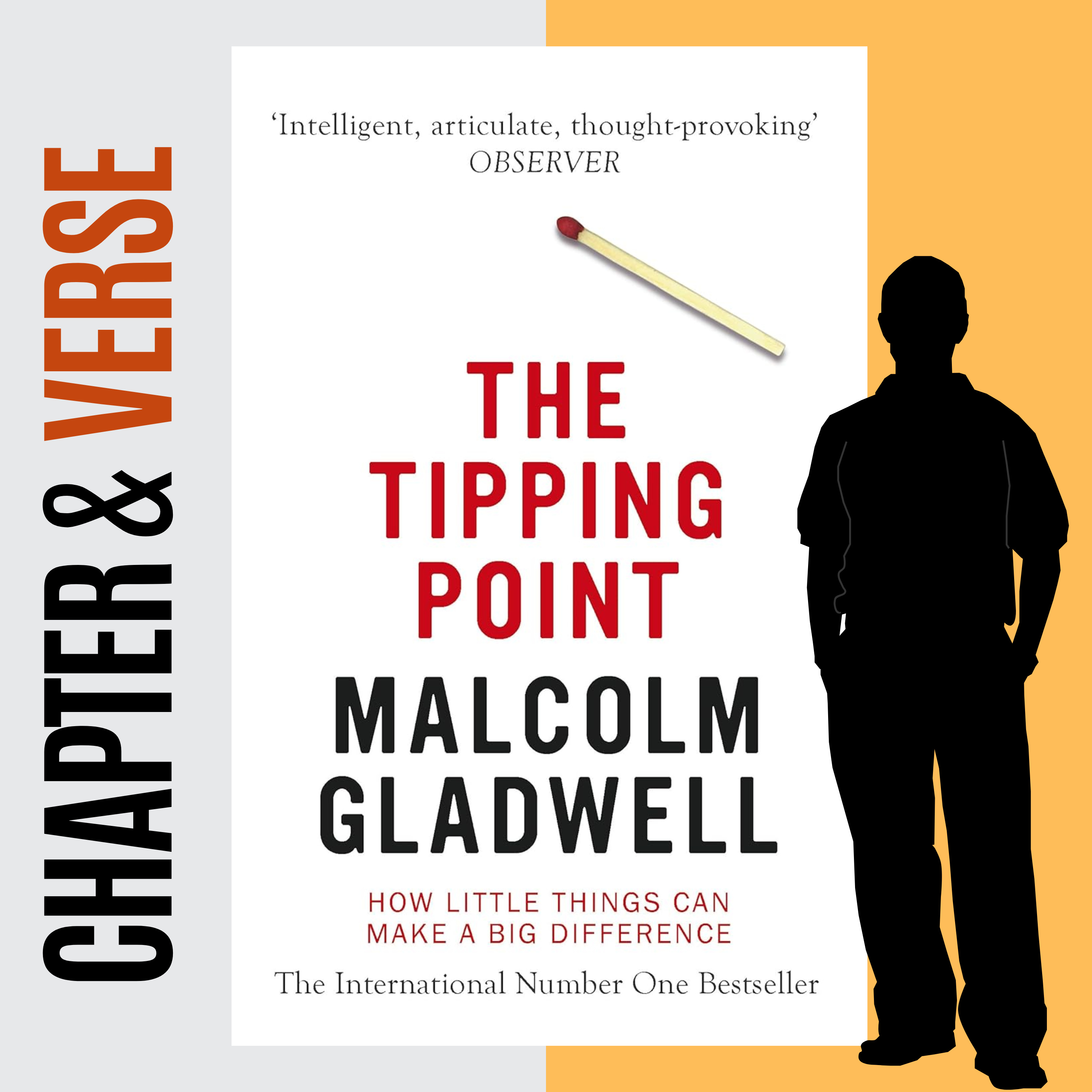
Chapter & Verse: AI Book ClubThe Tipping Point: How Little Things Can Make a Big Difference by Malcolm GladwellIn this episode we review Malcolm Gladwell's The Tipping Point, a book exploring how ideas and behaviors spread like epidemics. Gladwell introduces concepts like the Law of the Few, stickiness, and the power of context to explain social trends. He uses examples ranging from Paul Revere's ride to the resurgence of Hush Puppies shoes to illustrate his points. The book investigates the dynamics of social epidemics, including the roles of Connectors, Mavens, and Salesmen. Gladwell analyzes how small changes in presentation and context can significantly impact the stickiness and spread of messages, using case studies like Sesame Street and Blue...
2025-03-0213 min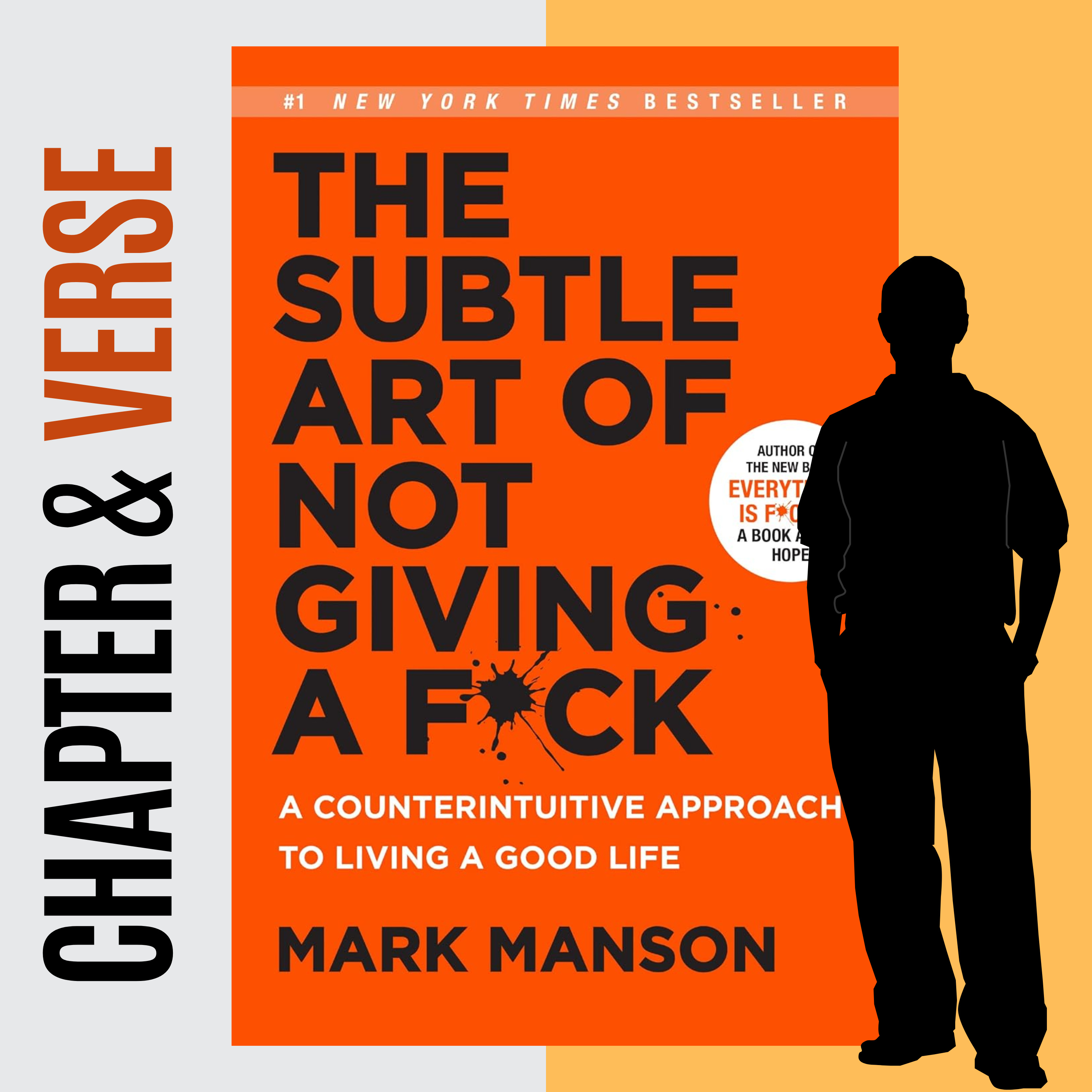
Chapter & Verse: AI Book ClubThe Subtle Art of Not Giving a F*ck: A Counterintuitive Approach to Living a Good Life by Mark MansonMark Manson's "The Subtle Art of Not Giving a Fuck" advocates for a life focused on choosing what truly matters and accepting the inevitable hardships. The book challenges societal pressures to pursue constant positivity and material success, instead urging readers to embrace failure and discomfort as pathways to growth. It explores the importance of setting healthy boundaries, rejecting harmful values, and taking responsibility for one's own problems and choices. Manson illustrates that a more fulfilling life is found by facing difficult truths, questioning beliefs, and recognizing the inevitability of death. The book uses examples ranging from historical figures to pers...
2025-03-0249 min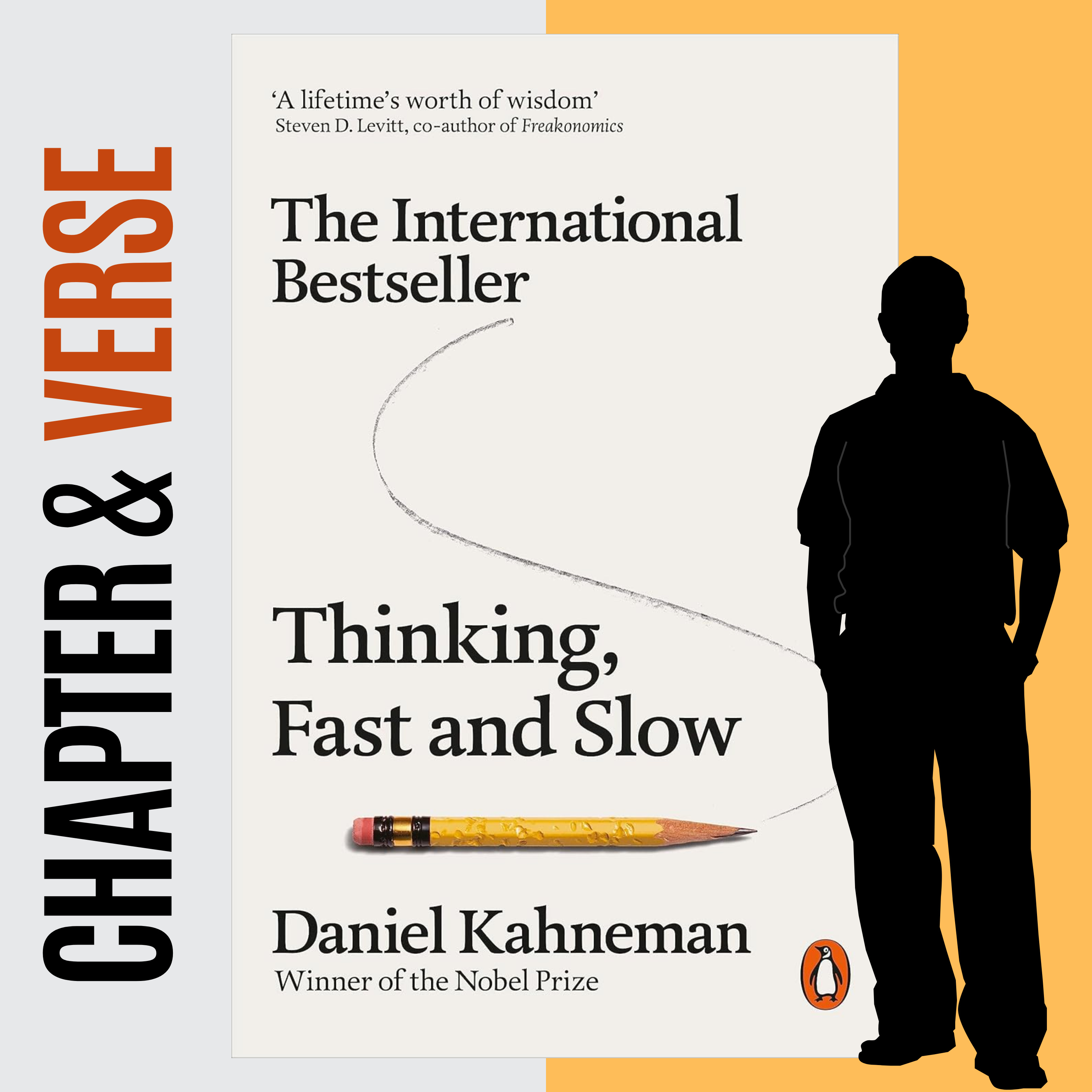
Chapter & Verse: AI Book ClubThinking, Fast and Slow by Daniel KahnemanDaniel Kahneman's "Thinking, Fast and Slow" explores the dual systems that drive human thought: System 1, which is fast, intuitive, and emotional, and System 2, which is slower, more deliberative, and logical. The book examines how these systems interact to create biases, heuristics, and illusions that impact judgment and decision-making. It covers a wide array of cognitive biases such as the availability heuristic, anchoring effect, and loss aversion, revealing how they lead to predictable errors in thinking. Kahneman also discusses the differences between our 'experiencing self' and 'remembering self', and how these perspectives influence our perceptions of well-being. Ultimately, the work provi...
2025-03-0226 min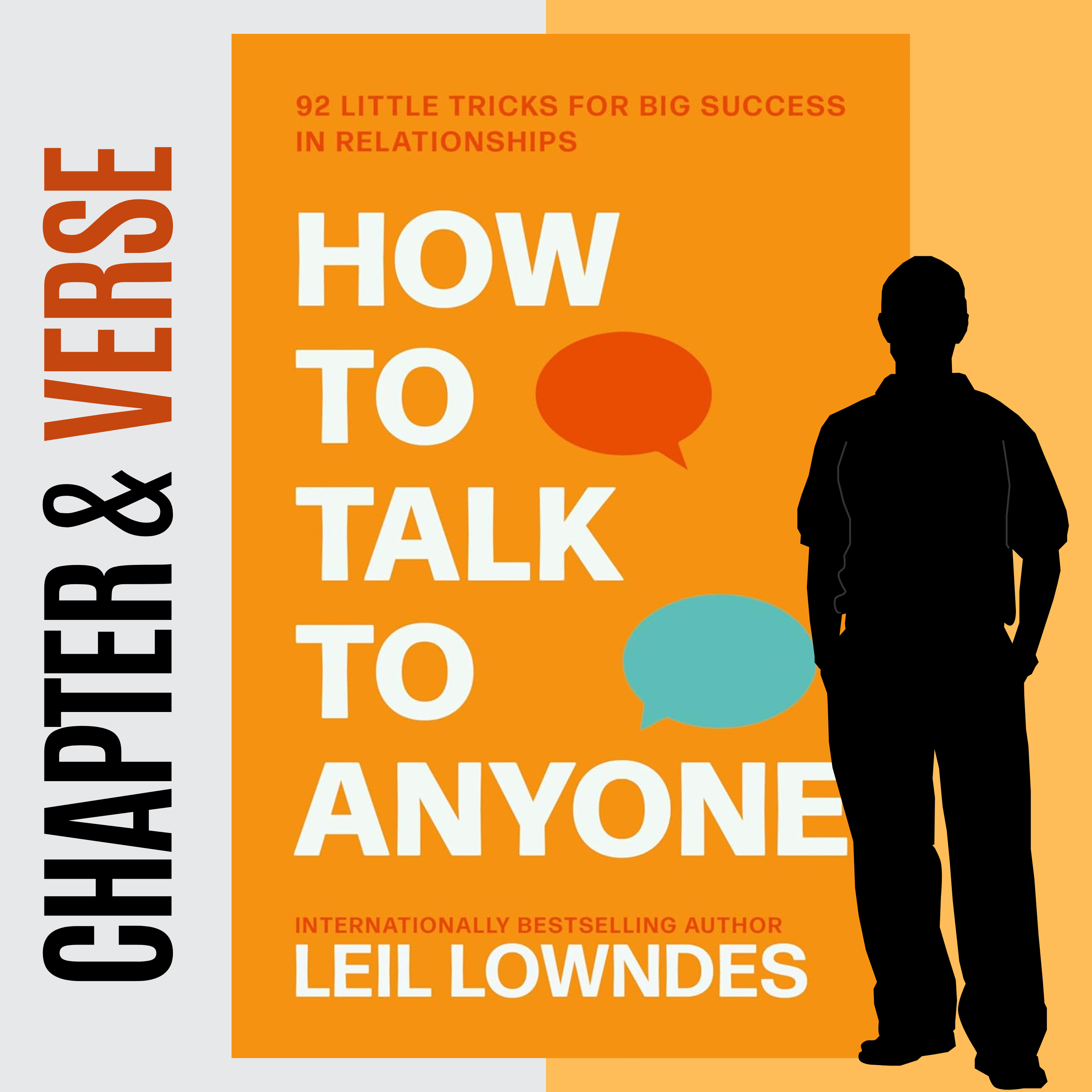
Chapter & Verse: AI Book ClubHow to Talk to Anyone: 92 Little Tricks for Big Success in Relationships by Leil Lowndes"How to Talk to Anyone" presents practical communication techniques designed to enhance interpersonal interactions and build rapport. It emphasizes the importance of nonverbal cues, such as body language and eye contact, in making a strong first impression. The author details how to create memorable connections through active listening, personalized compliments, and an understanding of social dynamics. Additionally, the text explores how to navigate various social situations, from parties to professional settings, using strategies employed by successful leaders. Ultimately, it seeks to provide readers with a set of tools to become more effective and influential communicators in all aspects of life...
2025-03-0233 min
Chapter & Verse: AI Book ClubSurrounded by Bad Bosses and Lazy Employees: or, How to Deal with Idiots at Work by Erikson ThomasThe book Surrounded by Bad Bosses by Thomas Erikson provides insights into understanding and managing different types of bosses using the DISC model, which categorizes people into Red, Yellow, Green, and Blue personality types. It emphasizes that effective communication and leadership require adapting to these various behavioral styles. The book explores how driving forces and individual development levels further influence workplace dynamics, and offers strategies for adapting one's behavior to improve relationships with different boss archetypes. It gives guidance for bosses to become more self-aware, understand their team members, and foster a more productive and harmonious work environment. Erikson uses a...
2025-03-0217 min
Chapter & Verse: AI Book ClubSurrounded by Idiots: The Four Types of Human Behaviour by Thomas EriksonThomas Erikson's "Surrounded by Idiots" explores a framework for understanding human behavior, categorizing individuals into four color-coded types: Red, Yellow, Green, and Blue. The book uses Hippocrates and the Aztecs to show that such categories have been around for centuries, and provides insight into how these different personalities communicate, make decisions, and handle conflict. The core premise suggests that recognizing these behavioral patterns can improve communication and reduce interpersonal friction, mitigating the feeling of being "surrounded by idiots." It offers practical advice on how to adapt one's communication style to interact more effectively with each type and provides real-world exa...
2025-03-0217 min
Chapter & Verse: AI Book ClubDopamine Detox: A Short Guide to Remove Distractions and Get Your Brain to Do Hard Things by Thibaut MeurisseThibaut Meurisse's "Dopamine Detox" is a guide designed to help readers regain focus and productivity by understanding and managing dopamine's influence on their behavior. The book identifies overstimulation from modern distractions as a key obstacle to achieving goals. Meurisse proposes methods for reducing stimulation, including complete and partial detox strategies, to reset the brain's reward system. It also covers techniques for planning the day, avoiding "dopamine relapse", cultivating mindfulness, and implementing systems to minimize distractions. The book ultimately aims to help readers rewire their brains for long-term thinking and a more fulfilling life.
2025-03-0213 min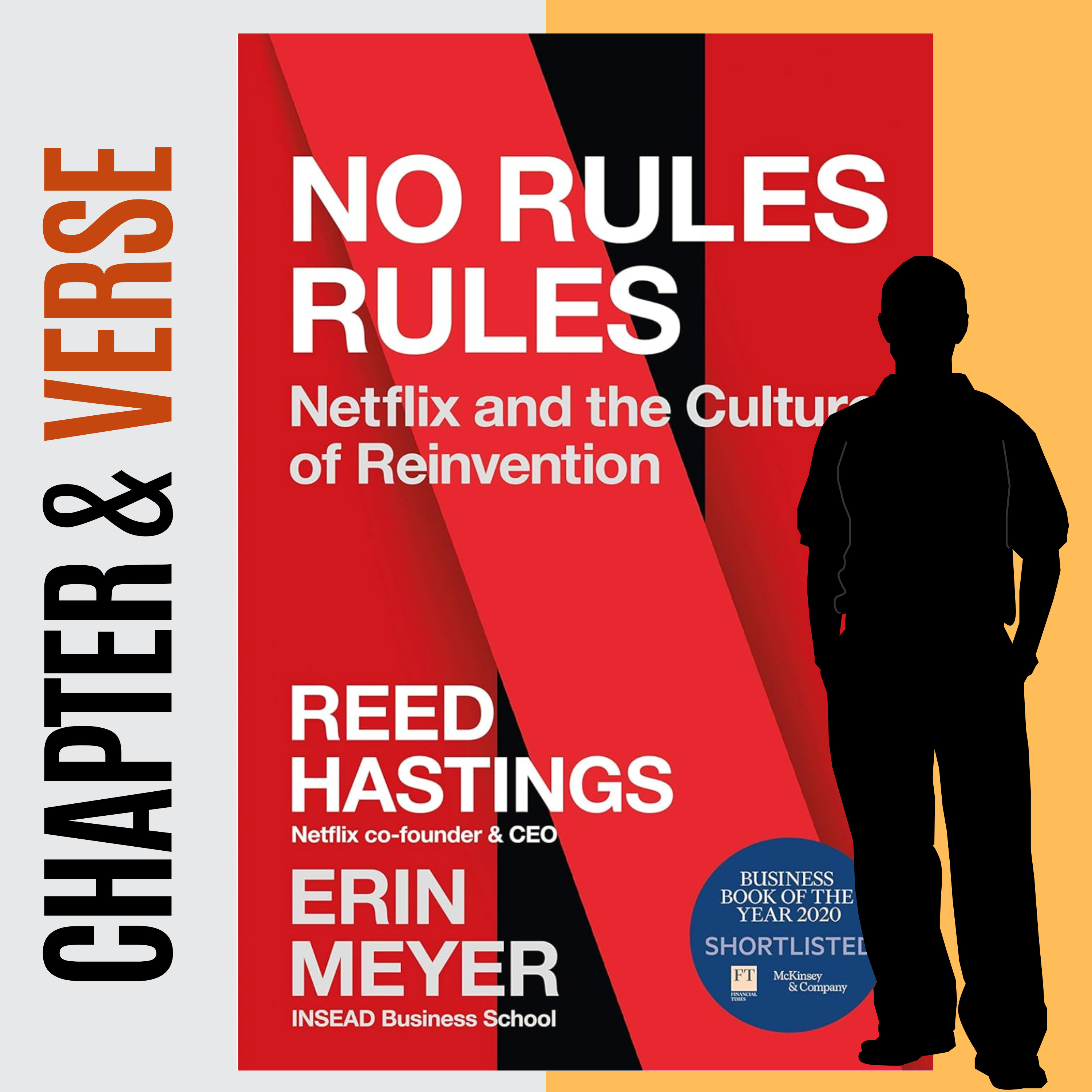
Chapter & Verse: AI Book ClubNo Rules Rules: Netflix and the Culture of Reinvention by Reed Hastings and Erin Meyer"No Rules Rules" explores the unique and often counterintuitive management principles that have fueled Netflix's remarkable success. The book recounts Netflix's near-failure and subsequent rise, highlighting its adaptability through industry shifts. It emphasizes a culture of "Freedom and Responsibility," built on high talent density, extreme candor, and transparency. Hastings advocates for removing traditional workplace controls, including vacation policies and approval processes, to foster innovation and agility. The text promotes open communication, risk-taking, and learning from failures as key elements of Netflix's organizational strategy. The analysis also addresses how to cultivate a culture of candor in various international settings with diffe...
2025-03-0218 min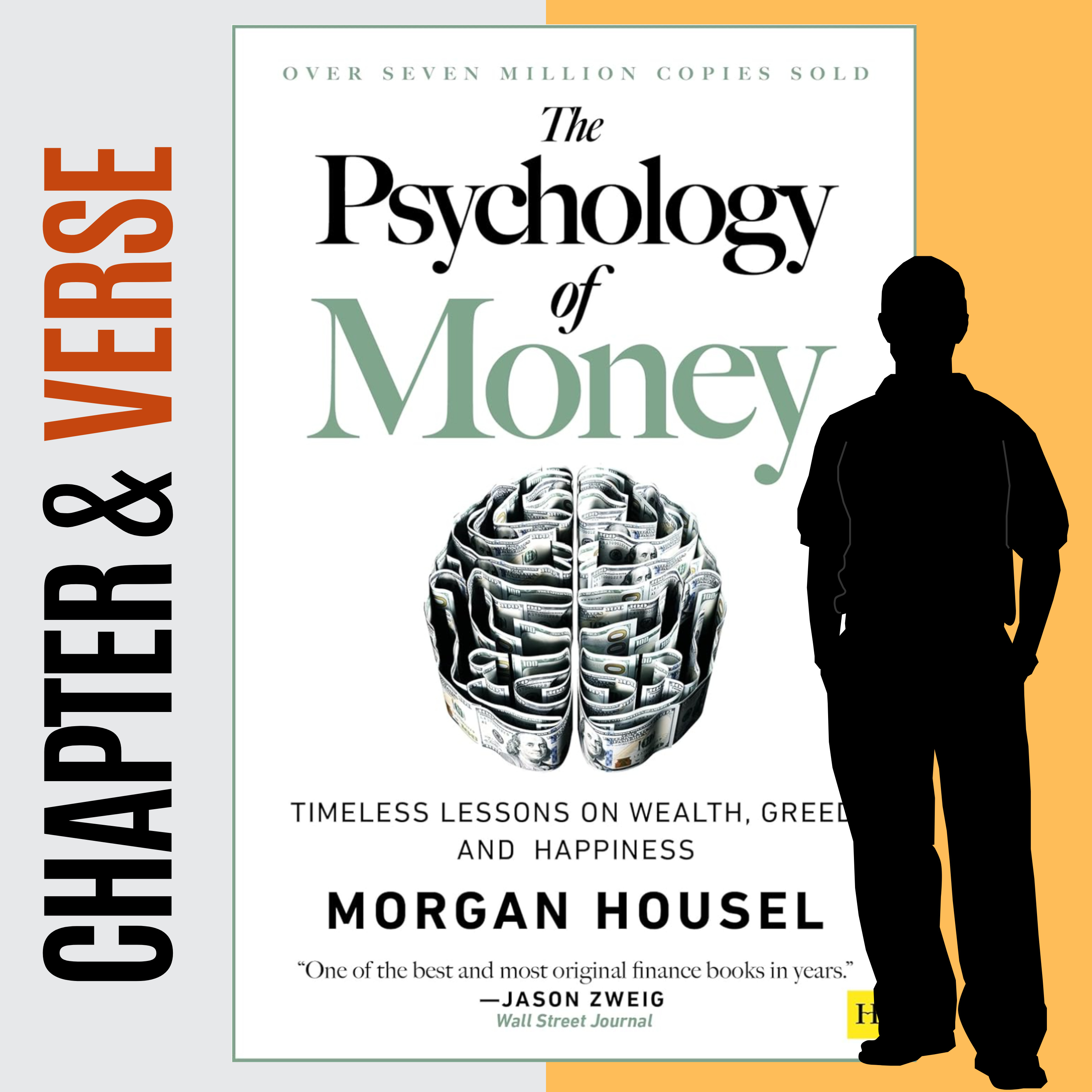
Chapter & Verse: AI Book ClubThe Psychology of Money: Timeless lessons on wealth, greed, and happiness by Morgan Housel"The Psychology of Money" explores the behavioral side of financial success, arguing that soft skills are more critical than technical knowledge. It uses stories to illustrate how individual experiences shape unique perspectives on money, influencing financial decisions. The book highlights the importance of patience, risk management, and adapting to changing circumstances. It also examines the challenges of achieving "enough" and the role of luck in financial outcomes. Additionally, it touches on historical events and economic trends to explain how consumer behavior and expectations have evolved in the United States. The book offers actionable lessons on saving, controlling one's time, and a...
2025-03-0232 min
Chapter & Verse: AI Book ClubAtomic Habits: An Easy & Proven Way to Build Good Habits & Break Bad Ones by James Clear"Atomic Habits" by James Clear explores the science behind habit formation and behavior change. It details the author's personal journey of recovery from a severe injury and his subsequent success in academics and business, attributing his achievements to small, incremental improvements. The book outlines a four-step framework of cue, craving, response, and reward for understanding and building habits. It emphasizes the importance of aligning habits with one's identity and creating systems that support desired outcomes, rather than solely focusing on goals. "Atomic Habits" provides practical strategies for making habits obvious, attractive, easy, and satisfying. It also addresses common challenges like...
2025-03-0212 min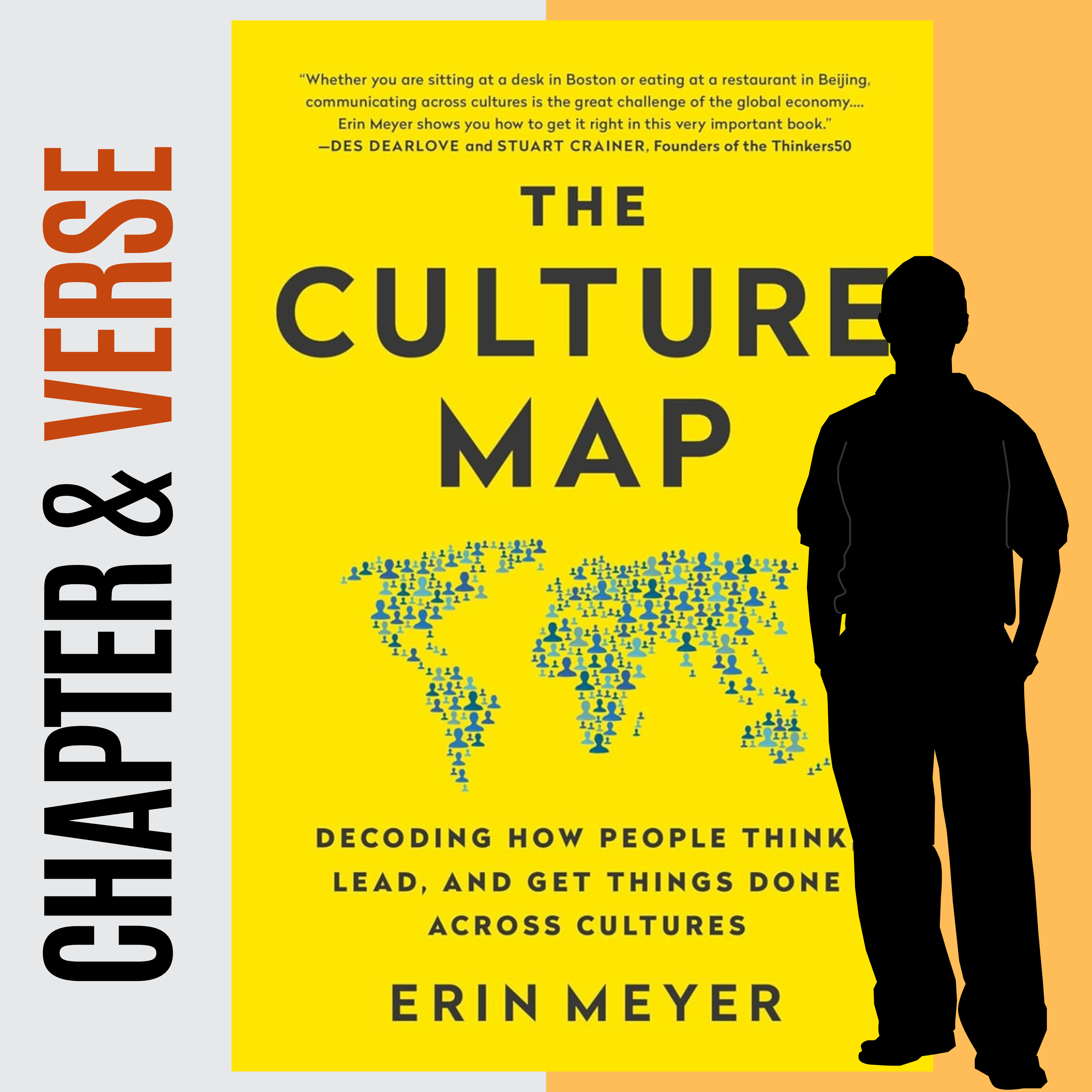
Chapter & Verse: AI Book ClubThe Culture Map: Decoding How People Think, Lead, and Get Things Done Across Cultures by Erin MeyerThe Culture Map by Erin Meyer explores the complexities of cross-cultural communication and leadership in global business. It uses real-world examples and an analytical framework to help readers understand how cultural differences impact communication, feedback, persuasion, and decision-making. The book introduces eight scales to map cultural differences, offering strategies for bridging gaps and building effective multicultural teams. It emphasizes the importance of understanding not only other cultures but also one's own cultural biases. Meyer illustrates that being open to individual differences alone is insufficient; one must decode cultural nuances to avoid misunderstandings and achieve global success. The text encourages reader...
2025-03-0217 min
Chapter & Verse: AI Book ClubUser Story Mapping: Discover the Whole Story, Build the Right Product by Jeff Patton with Peter EconomyJeff Patton's User Story Mapping explores the power of user story mapping as a software development tool. The book emphasizes understanding user needs and maintaining focus throughout the development process. It guides teams on preparing stories, actively engaging during development, and learning from implemented software. The author also examines common pitfalls related to stories and provides techniques for effective communication and collaboration. The core of the text promotes iterative learning, continuous improvement, and prioritizing business value in software projects.
2025-03-0220 min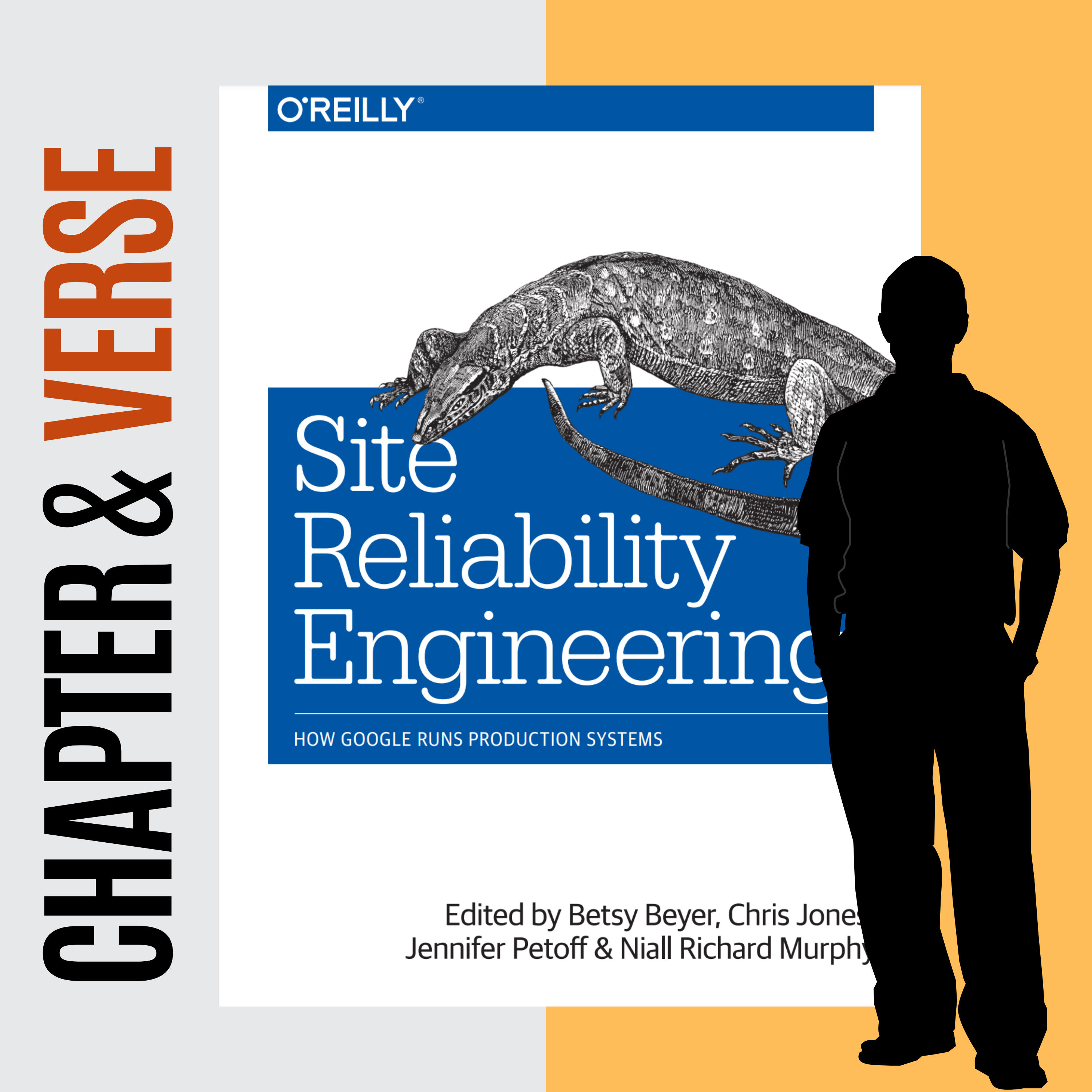
Chapter & Verse: AI Book ClubSite Reliability Engineering: How Google Runs Production Systems by Betsy Beyer, Chris Jones, Jennifer Petoff & Niall Richard MurphyGoogle's "Site Reliability Engineering" book provides a comprehensive guide to the principles, practices, and tools employed by Google to ensure the reliability and scalability of its services. It covers a wide array of topics including incident management, release engineering, monitoring, troubleshooting, and automation. The book emphasizes the importance of balancing operational work with engineering to drive long-term stability and innovation. It details strategies for capacity planning, load balancing, and handling overload to prevent cascading failures. Furthermore, it highlights the significance of testing, postmortem analysis, and collaboration between SRE and product development teams. Finally, it covers how to structure SRE teams...
2025-03-0217 min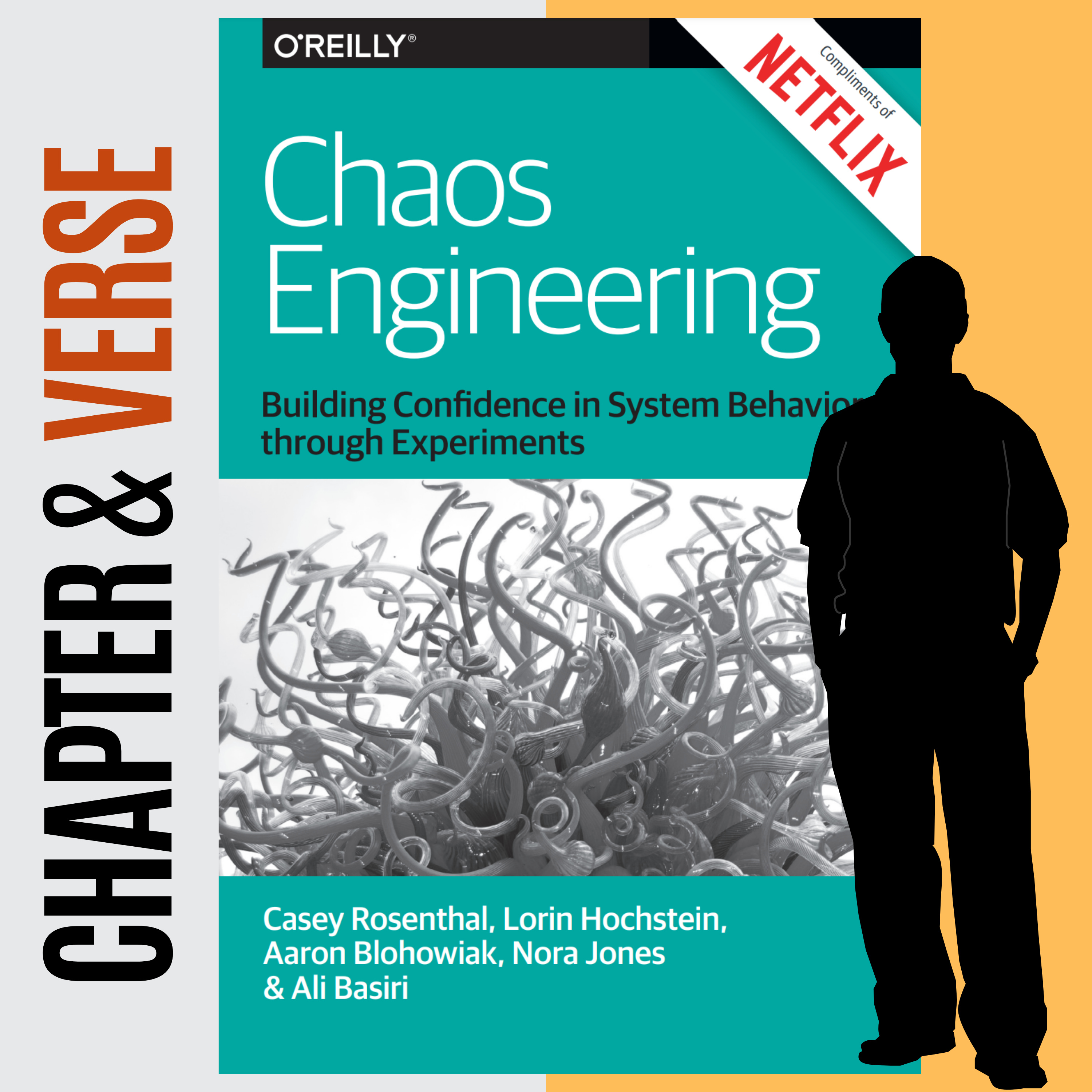
Chapter & Verse: AI Book ClubChaos Engineering: Building Confidence in System Behavior through Experiments by Casey Rosenthal , Lorin Hochstein , Aaron Blohowiak , Nora Jones , and Ali BasiriThis episode reviews the book Chaos Engineering. It delves into the practice of experimenting on distributed systems to build confidence in their resilience. Authored by Netflix engineers, the book explains the principles, methodologies, and practical applications of Chaos Engineering, drawing upon their experiences. It emphasizes the importance of running experiments in production to uncover systemic weaknesses and improve overall system reliability. It also introduces the Chaos Maturity Model to gauge an organization's progress in adopting Chaos Engineering practices. Join us as we explore automating chaos experiments, minimizing their potential impact, offering a guide for designing effective and safe experiments.
2025-03-0216 min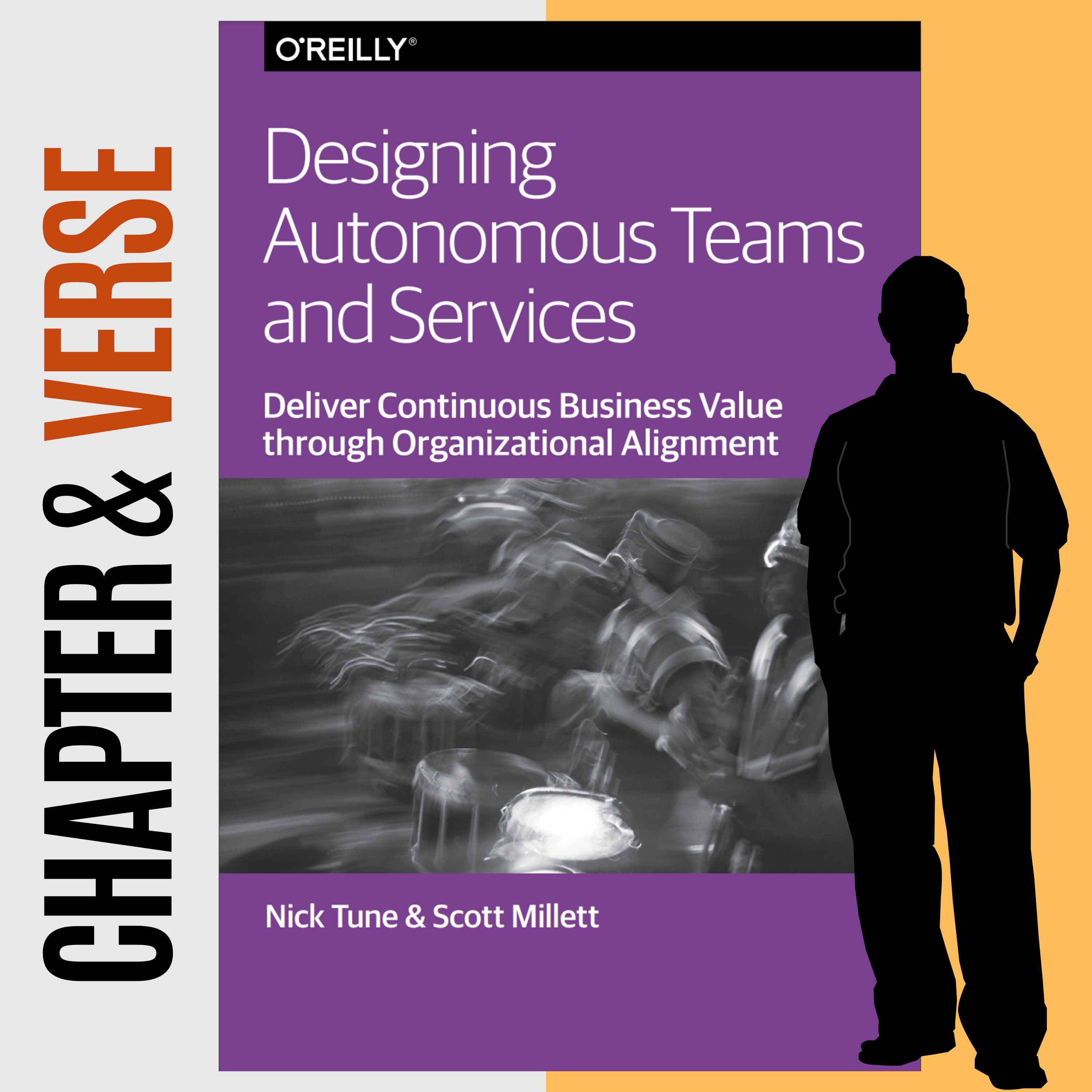
Chapter & Verse: AI Book ClubDesigning Autonomous Teams and Services by Scott Millett and Nick TuneIn this episode we review "Designing Autonomous Teams and Services" by Nick Tune and Scott Millett, a book that focusses on organizational alignment for continuous business value delivery. The book provides strategies for creating high-performance, autonomous teams by aligning organizational and technical boundaries. It covers understanding business context, analyzing domains, discovering contexts, and architecting applications. It also emphasizes the importance of antifragile systems that adapt to change and provides real-world examples and practices. Ultimately, the book helps organizations improve business agility by enabling teams to own problems end-to-end, fostering a culture of knowledge dissemination, and reducing dependencies.
2025-03-0213 min
Chapter & Verse: AI Book ClubDesigning Reactive Systems: The Role Of Actors In Distributed Architecture by Hugh McKee"Designing Reactive Systems" by Hugh McKee explores the Actor Model as a solution for building distributed systems. The book highlights how actors, like humans exchanging messages, can handle concurrency, failure, and scaling challenges. It introduces concepts such as supervisors, workers, and circuit breakers for creating resilient systems. The book explains how actor systems efficiently utilize resources and can scale elastically, even expanding into clusters. An IoT application example demonstrates how actors can manage millions of devices across a distributed network. Ultimately, the work champions the Actor Model as a foundational technology for creating responsive, resilient, and scalable applications.
2025-03-0213 min
Chapter & Verse: AI Book ClubEscape Velocity: Better Metrics for Agile Teams by Doc Norton"Escape Velocity: Better Metrics for Agile Teams" by Doc Norton focuses on improving agile team performance through insightful metrics beyond simple velocity. The book critiques common agile metrics like velocity, highlighting their limitations and potential for misuse, and advocates for a more holistic approach to measuring team effectiveness. Norton explores the impact of metrics on team behavior, discussing potential side effects like the Hawthorne Effect and Goodhart's Law. It emphasizes the importance of understanding correlations between different metrics and adapting measurement strategies to align with desired outcomes. The book champions customer-centric metrics, advocating for a focus on value delivery rath...
2025-03-0213 min
Chapter & Verse: AI Book ClubModern Software Engineering by David Farley"Modern Software Engineering" aims to redefine software development as a true engineering discipline, emphasizing a rational, scientific approach to problem-solving. It highlights the importance of learning, managing complexity, and applying scientific principles to software projects. The book advocates for practices like modularity, empiricism, and iterative development to create high-quality software more efficiently. It also discusses the significance of feedback, testability, and abstraction in software design. Furthermore, the text positions these concepts within the broader context of digitally disruptive organizations. Finally, the document includes praise from industry experts, acknowledgements, and promotional material for related resources.
2025-03-0221 min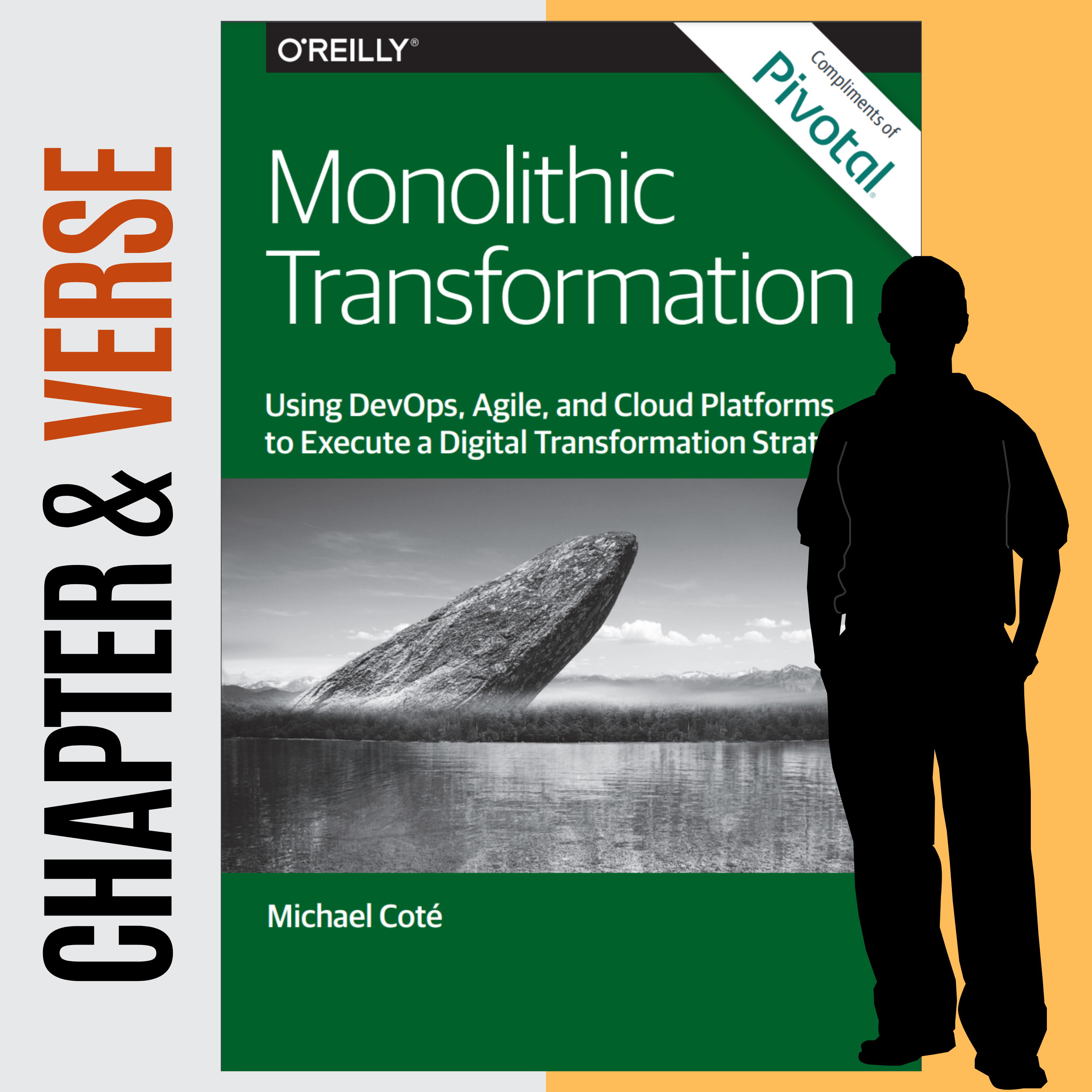
Chapter & Verse: AI Book ClubMonolithic Transformation by Michael CotéMichael Coté's "Monolithic Transformation" is a guide for large organizations seeking digital transformation through DevOps, Agile, and cloud platforms. The book emphasizes the need for small-batch thinking, user-centric design, and a shift from functional to product teams. It provides a playbook for leaders on establishing a vision, fostering a culture of change, and building a business case for transformation. The text also underscores the importance of internal marketing, tracking improvement with metrics, and addressing compliance in the context of this shift. The author advocates for using a cloud platform and building an automated build pipeline to increase the speed...
2025-03-0234 min
Chapter & Verse: AI Book ClubUnderstanding Design Thinking, Lean, and Agile by Jonny SchneiderJonny Schneider's "Understanding Design Thinking, Lean, and Agile" explores how these three mindsets can be used by organizations to develop competencies, tackle problems, and adapt to change. The book emphasizes that these approaches are not just processes, but ways of thinking that help teams work differently and develop new skills. It details actionable strategies, the importance of experimentation, and how to lead teams effectively to achieve desired outcomes. The text covers principles of each methodology including actionable strategy, learning through action, and empowering teams. Furthermore, the resource highlights how Agile delivery, DevOps, and evolutionary architecture can enable business agility and...
2025-03-0213 min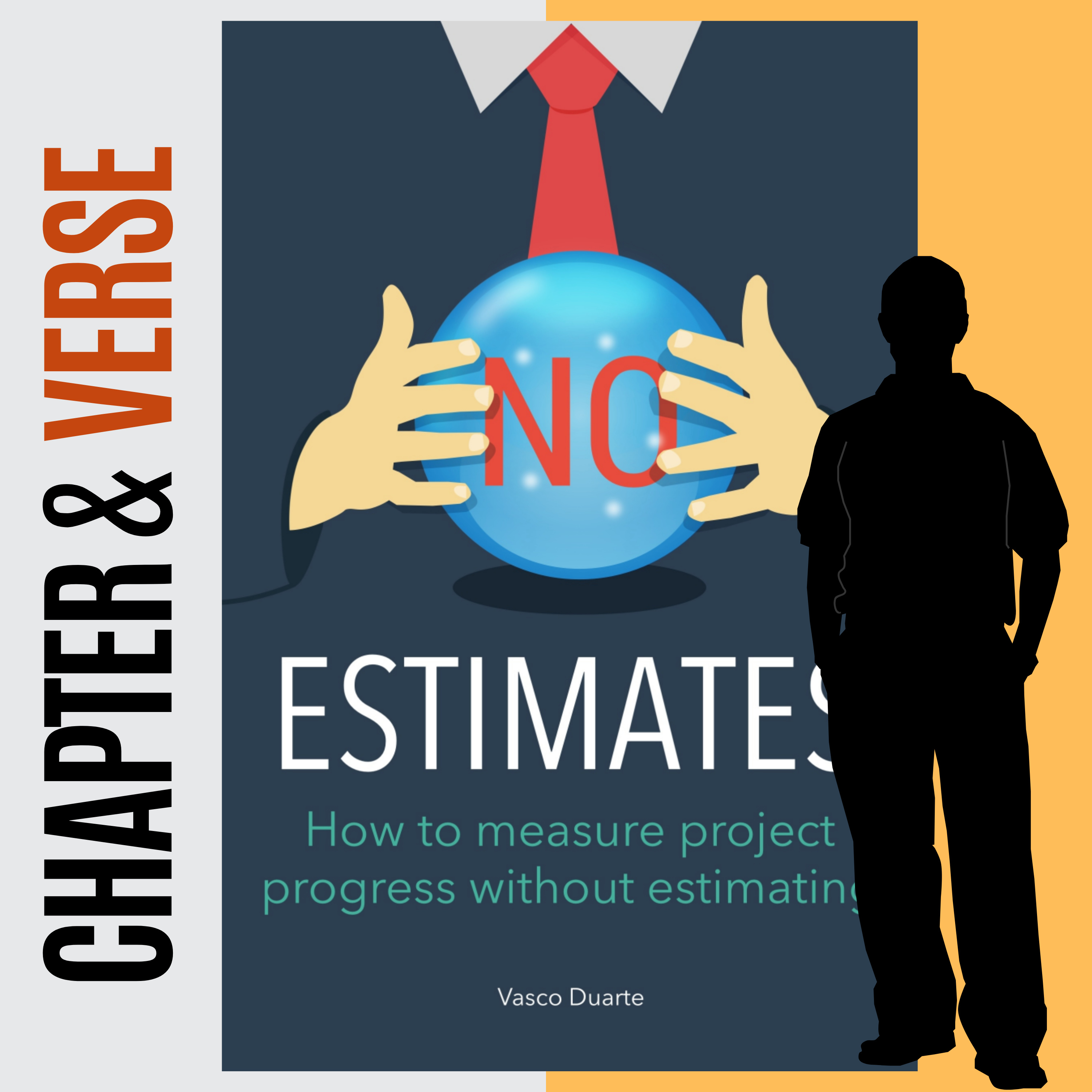
Chapter & Verse: AI Book ClubNo Estimates by Vasco DuarteIn this episode we look at No Estimates by Vasco Duarte. The book challenges traditional project estimation methods in software development. It critiques the reliance on estimates, highlighting their potential to cause harmful targets, internal politics, and a "death-march" mentality among teams. Instead, it advocates for a Lean and Agile approach, emphasizing value delivery, continuous improvement, and waste reduction, drawing parallels to Japanese manufacturing principles. Prioritization and flow are presented as key elements, with a focus on delivering small increments of value quickly. The importance of understanding and responding to change, rather than rigidly adhering to initial estimates, is under...
2025-03-0120 min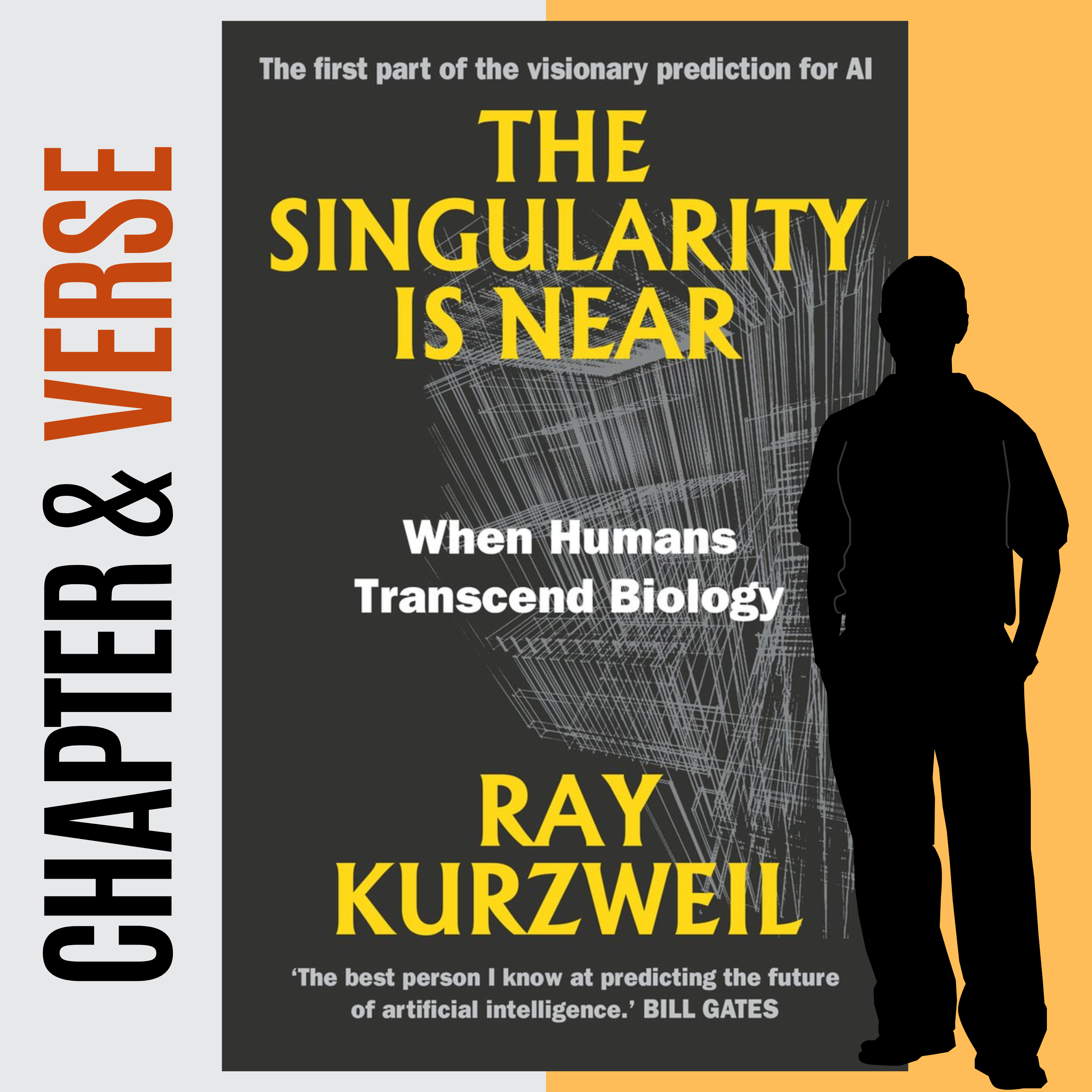
Chapter & Verse: AI Book ClubThe Singularity Is Near by Ray KurzweilThe Singularity Is Near" explores the concept of the Singularity, a future period of rapid technological advancement that will fundamentally transform human life. The book examines various technologies, including genetics, nanotechnology, and robotics, and how their exponential growth will lead to this transformative era. It discusses both the potential benefits and risks associated with the Singularity, such as enhanced human capabilities and existential threats. Furthermore, it addresses criticisms and ethical considerations surrounding these advancements. The text also highlights the accelerating pace of technological change and the potential for non-biological intelligence to surpass human intelligence. Finally, it offers resources for furth...
2025-03-0123 min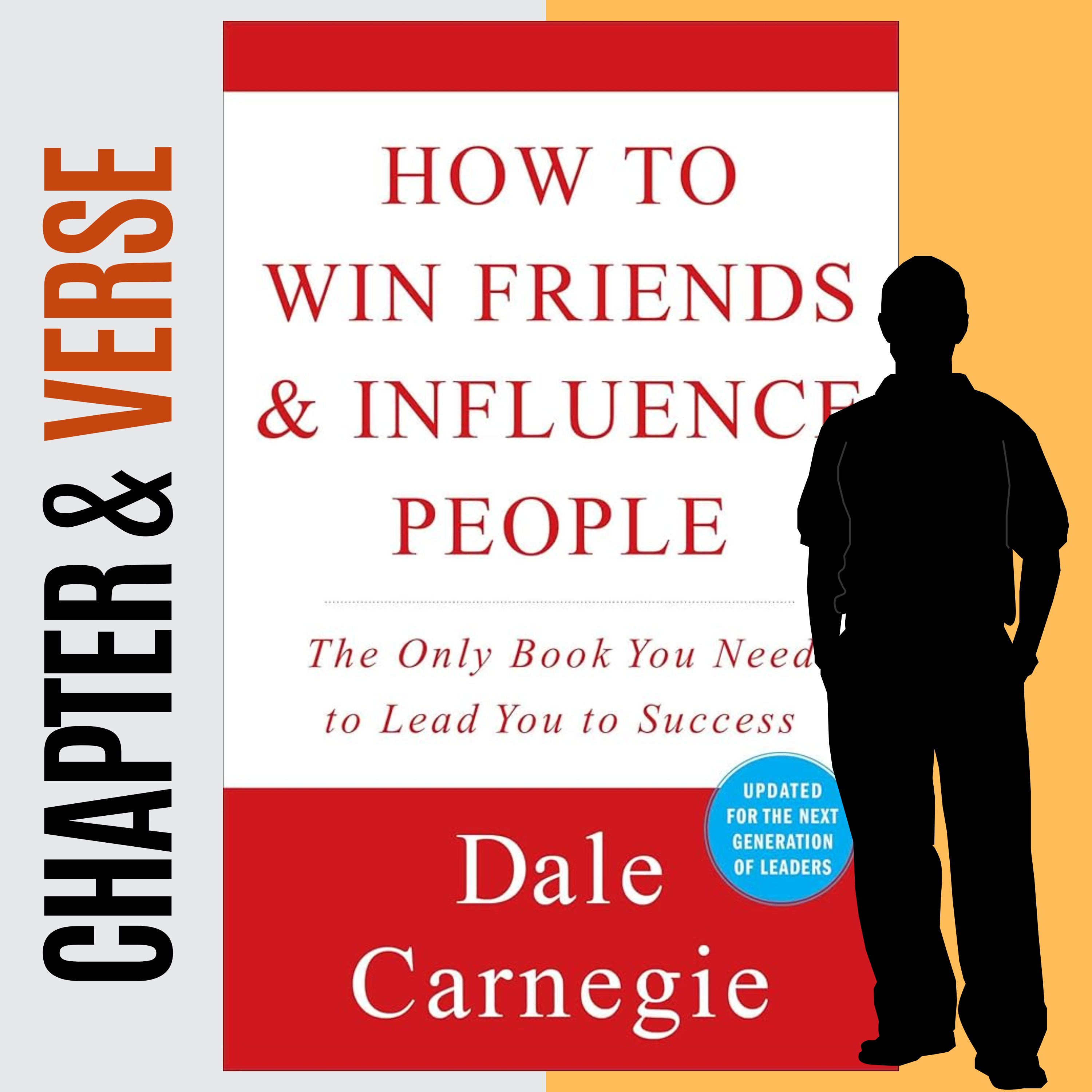
Chapter & Verse: AI Book ClubHow to win friends & influence people by Dale CarnegieIn this episode, we break down the timeless wisdom of Dale Carnegie’s How to Win Friends and Influence People, exploring its core principles for building meaningful relationships, increasing influence, and achieving personal and professional success.You'll learn how to:Avoid criticism and foster positive interactionsMake people genuinely like you through empathy and appreciation Persuade others without argument or conflictInspire change without resentmentApply these principles in business, leadership, and daily lifeWhether you're looking to improve your communication skills, strengthen connections, or become a more effective leader, this episode of...
2025-03-0115 min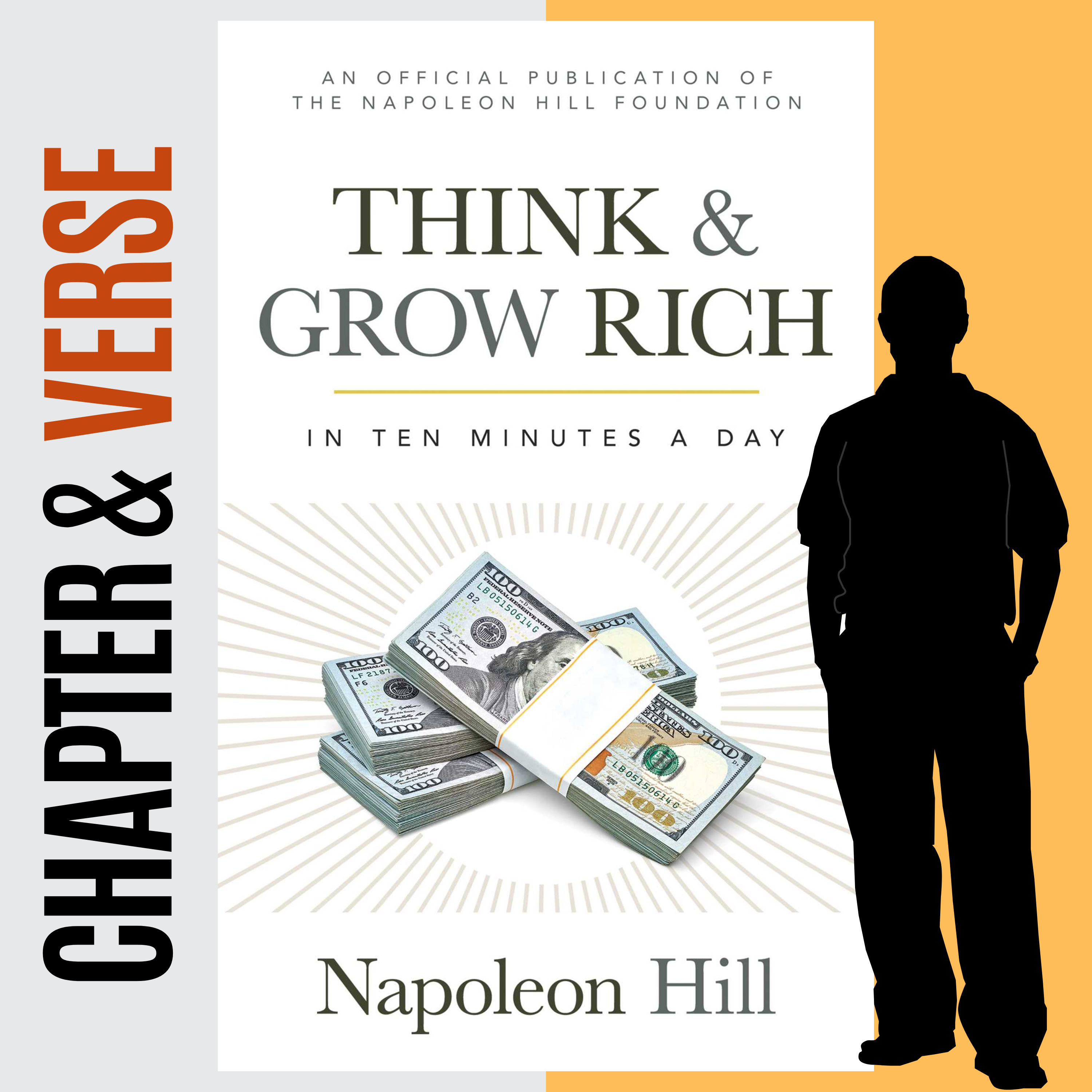
Chapter & Verse: AI Book ClubThink and Grow Rich by Napolean HillThis podcast explores Napoleon Hill's "Think and Grow Rich," a self-improvement and financial book.It unveils Andrew Carnegie's secret to wealth accumulation, encouraging listeners to decipher it through their desire for financial success.The podcast emphasizes the importance of self-awareness and living authentically to harness the "Great Secret" for shaping one's future.It delves into the Science of Personal Achievement, which aims to bring prosperity and peace of mind.Listeners will discover how to use adversity as a springboard for equivalent or greater benefits.The podcast highlights the power of a positive mental attitude and how it attracts...
2025-03-0119 min